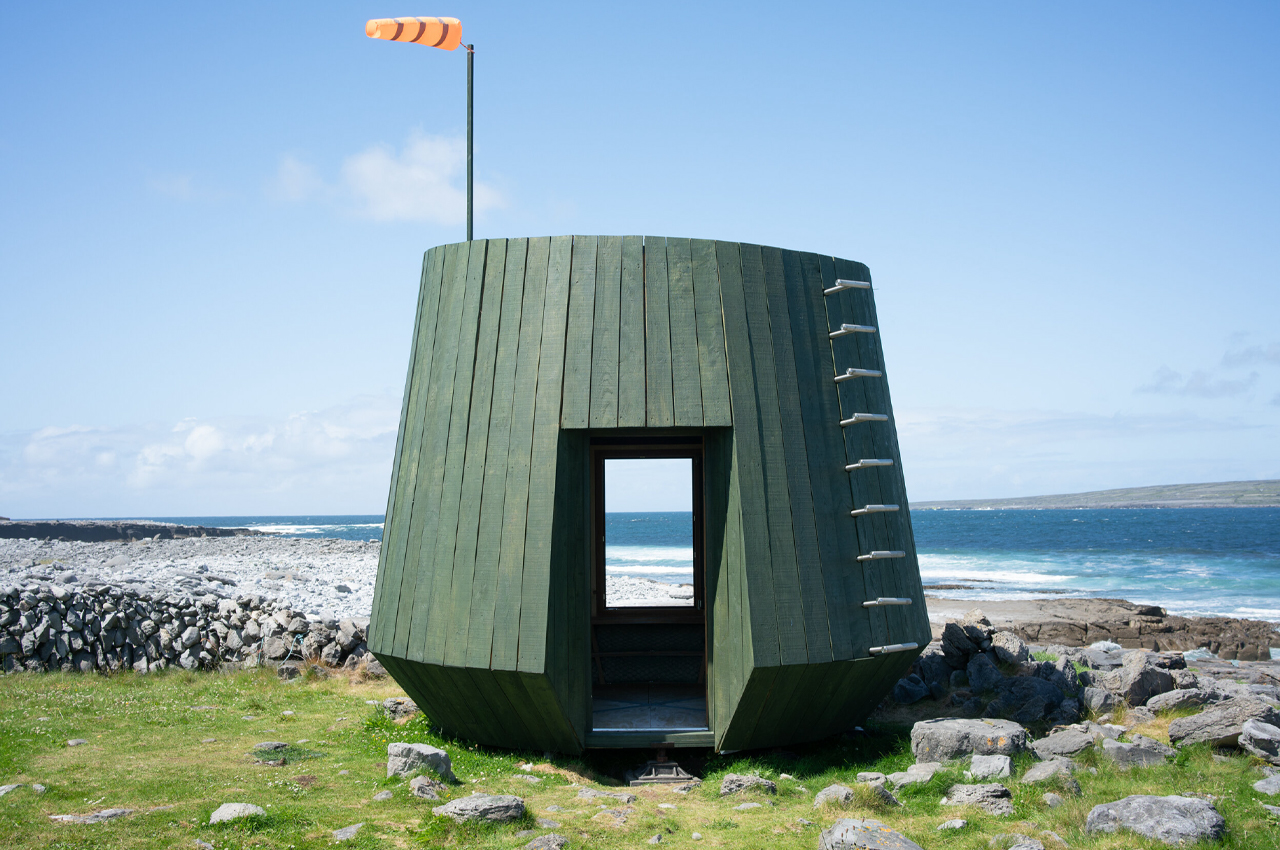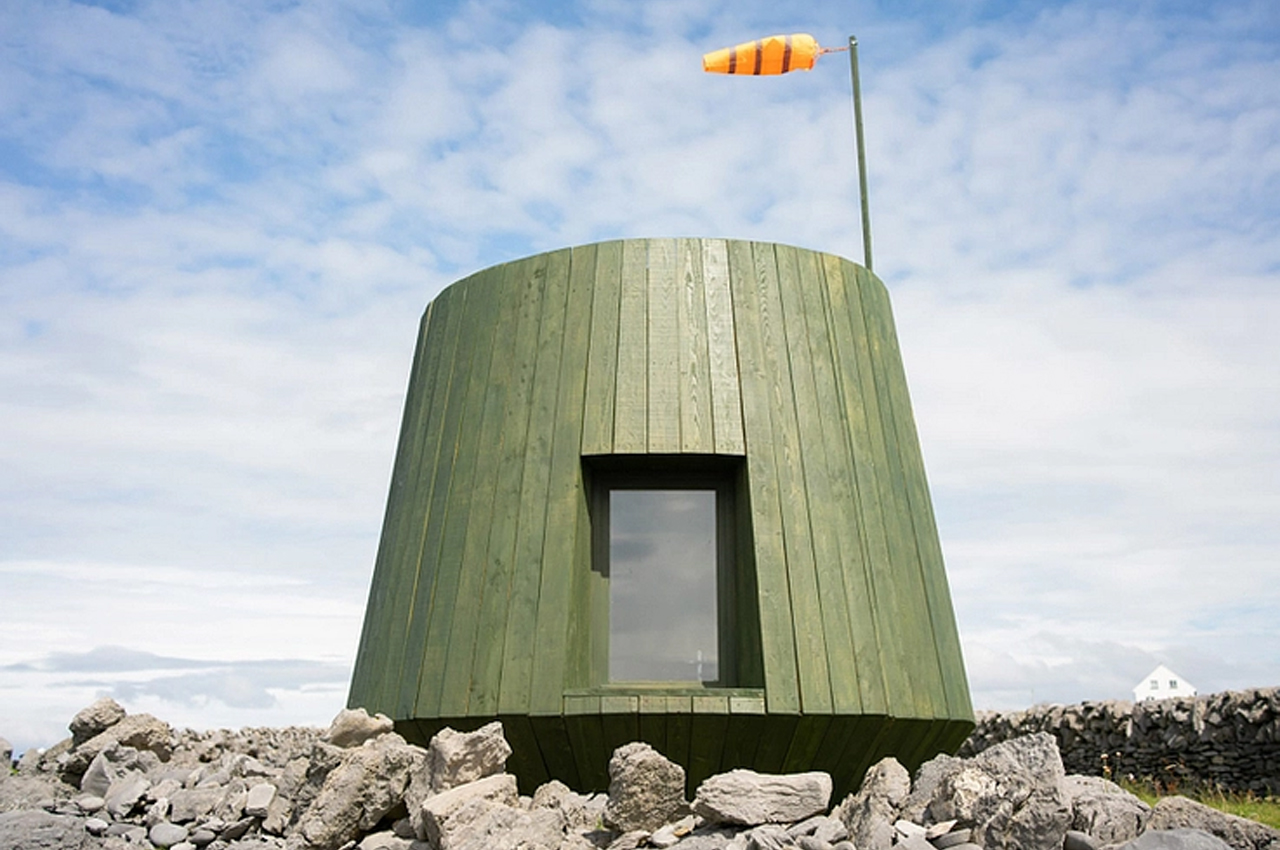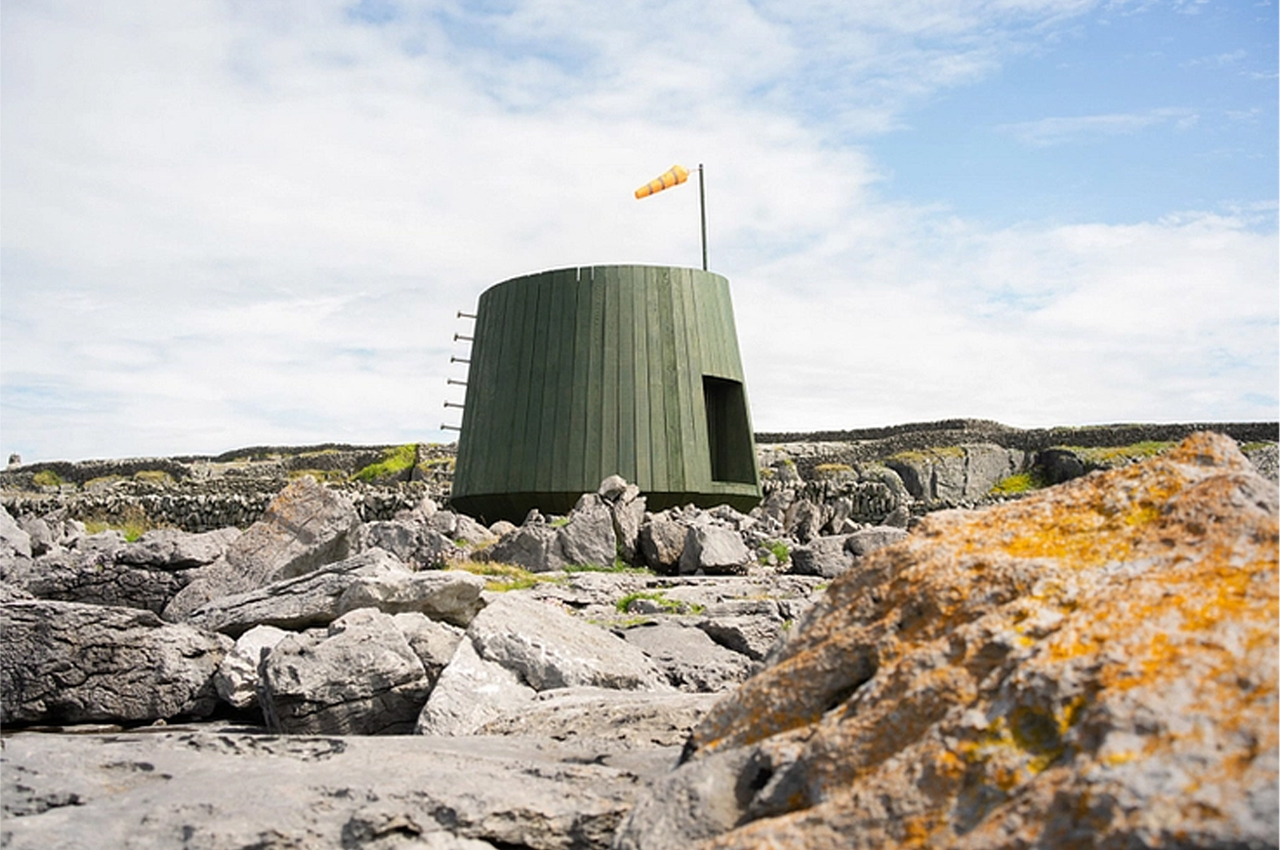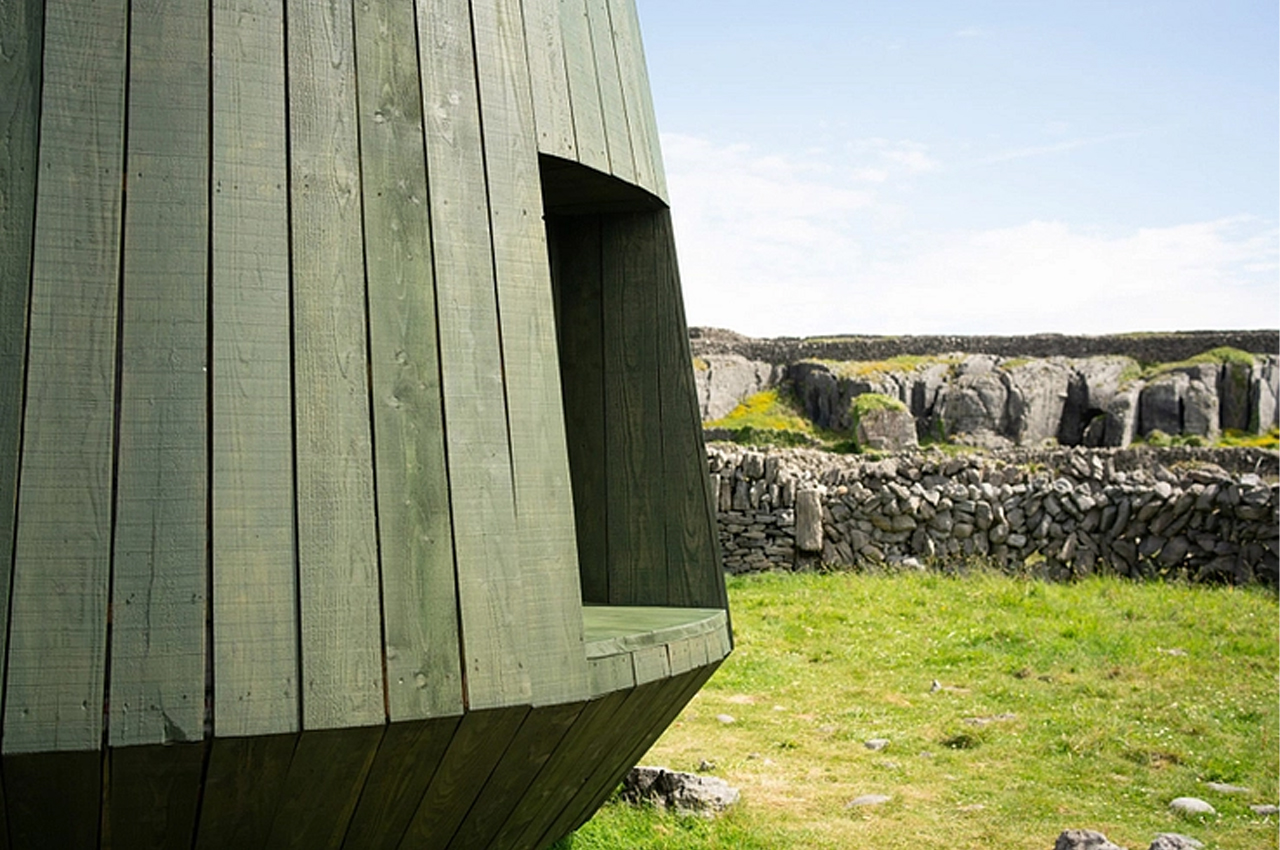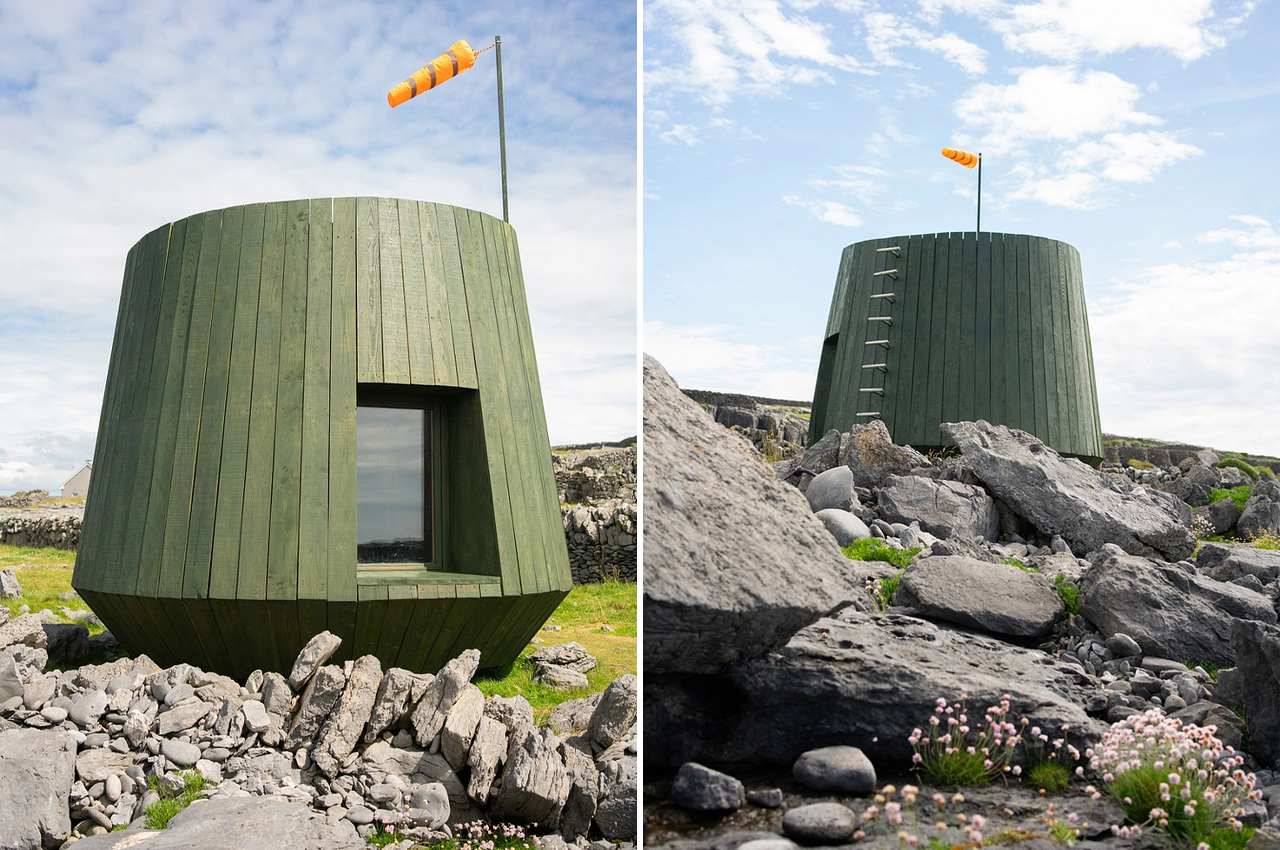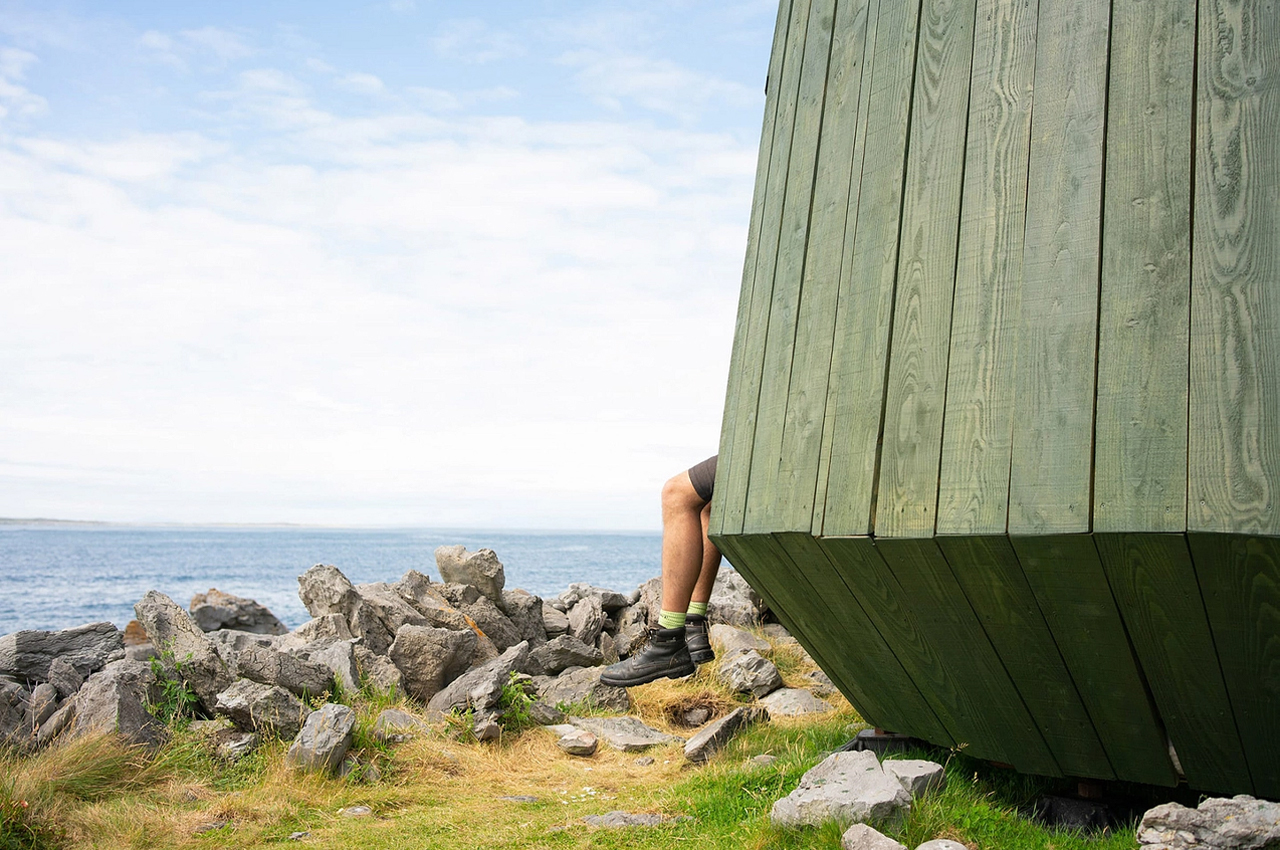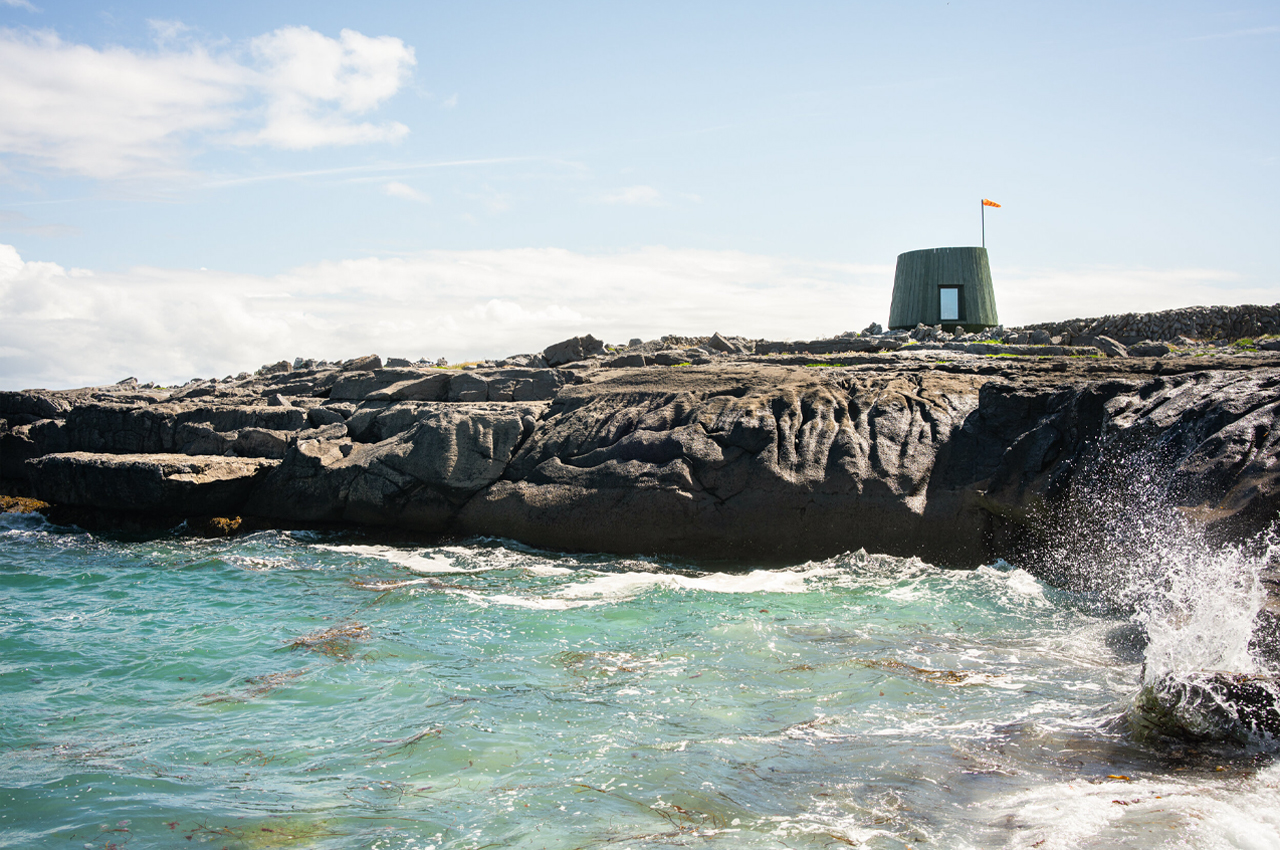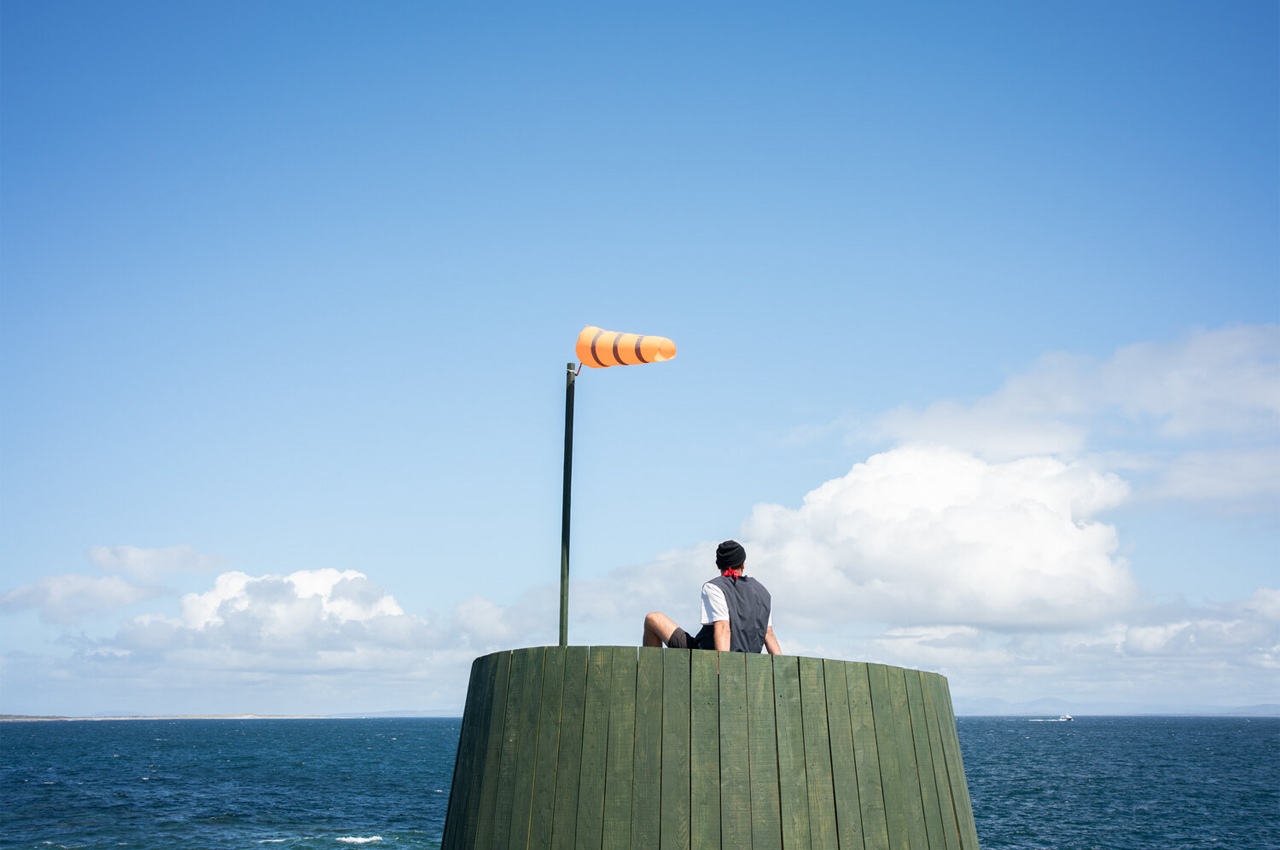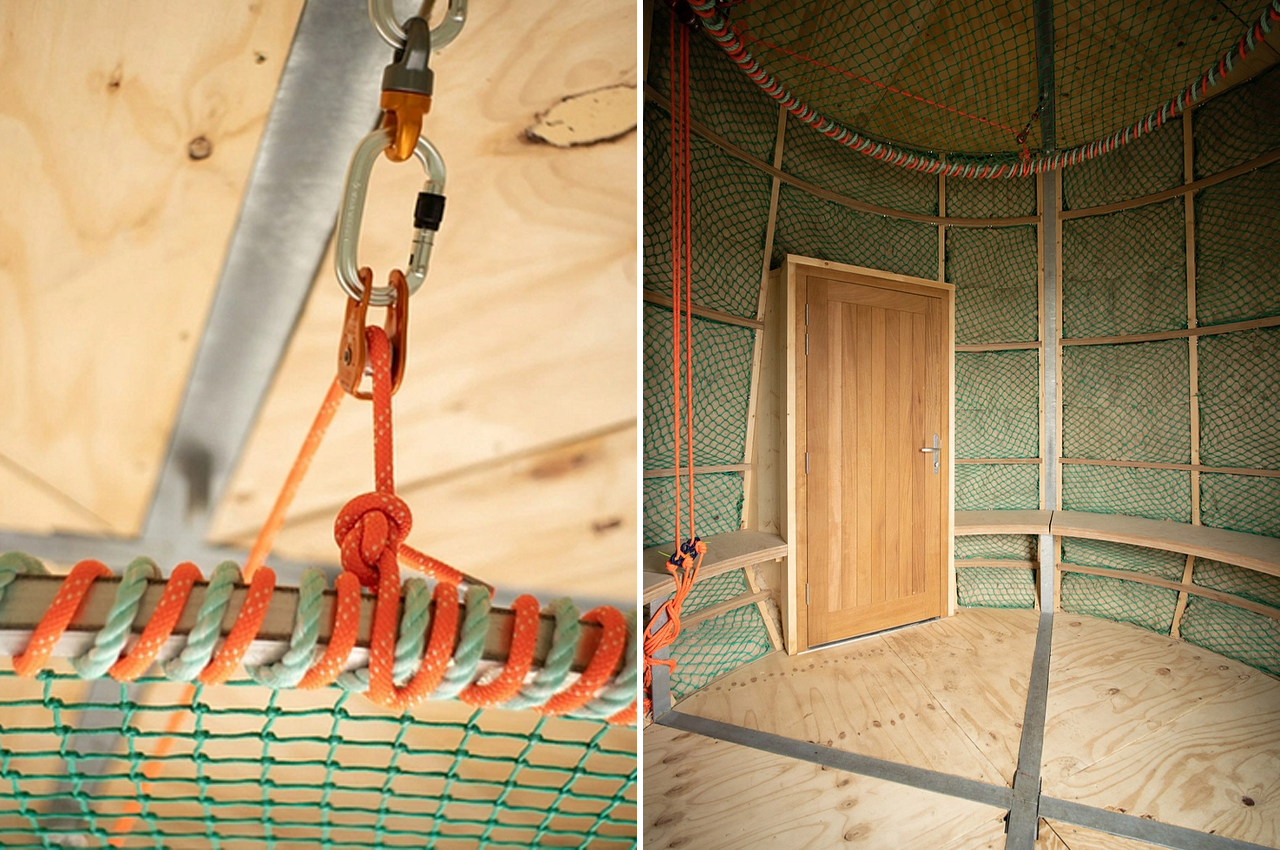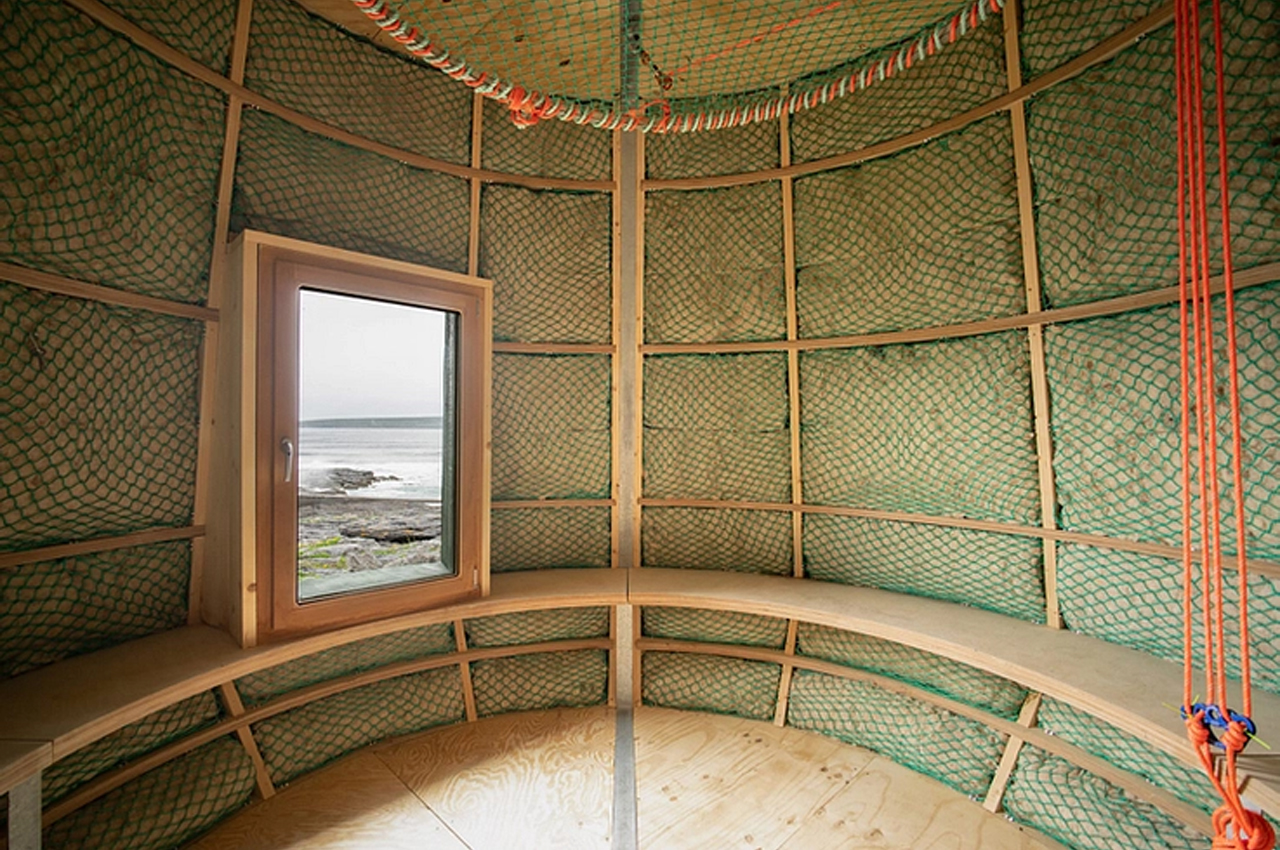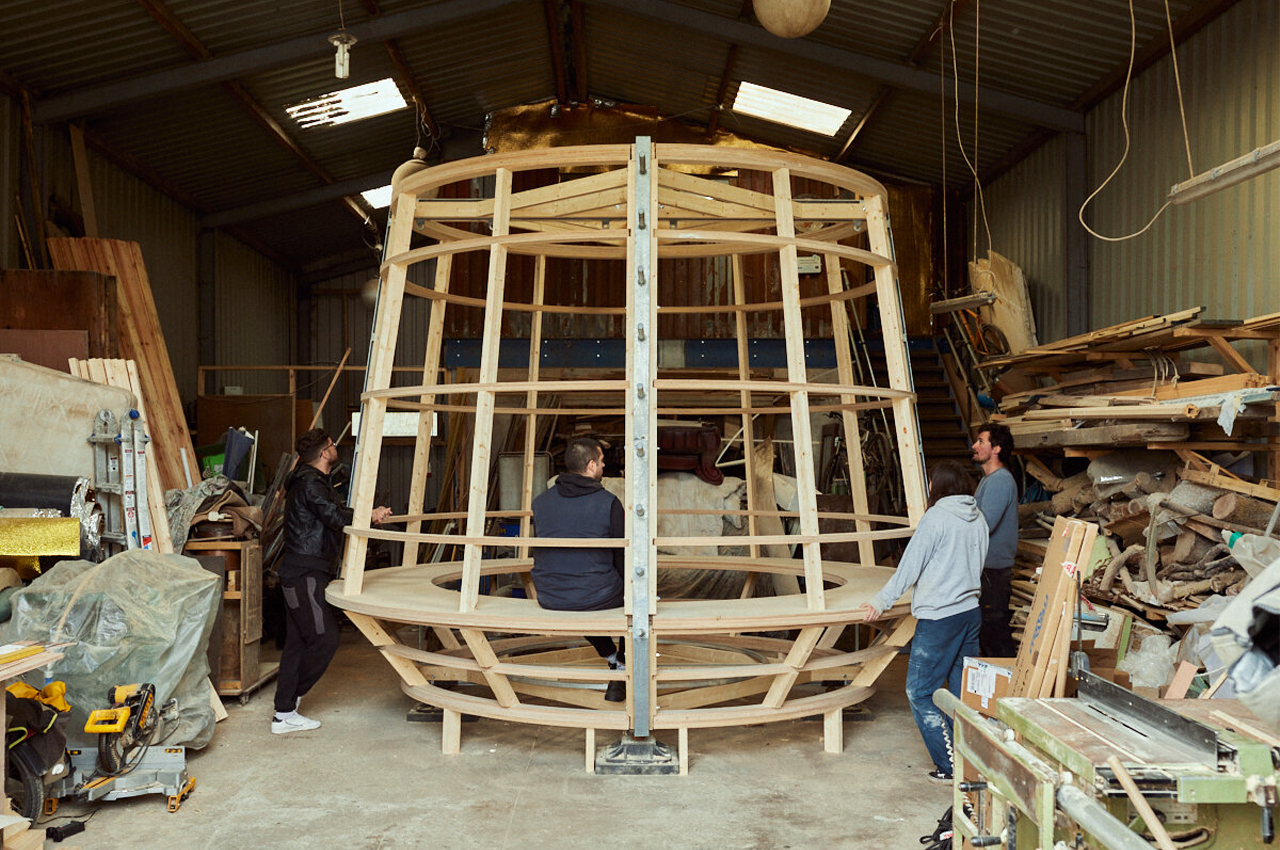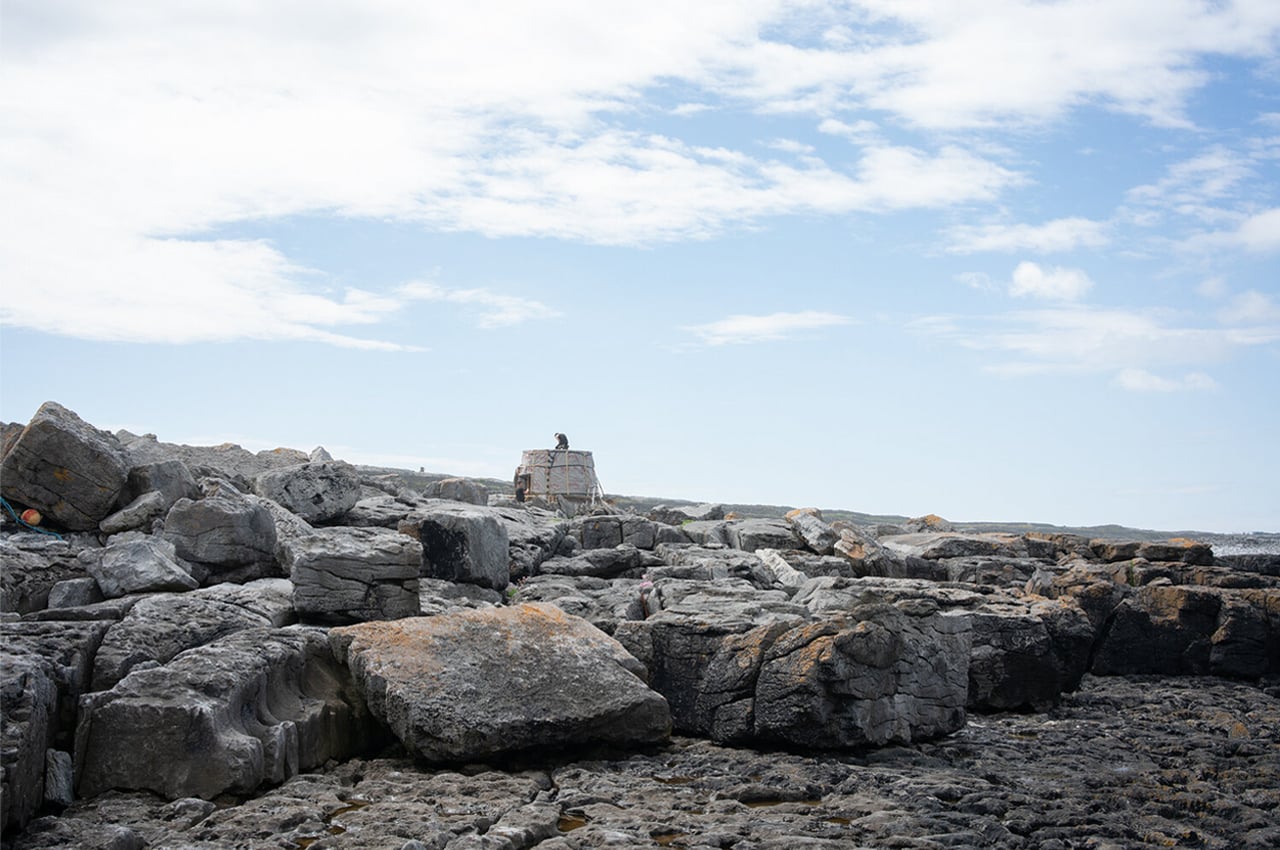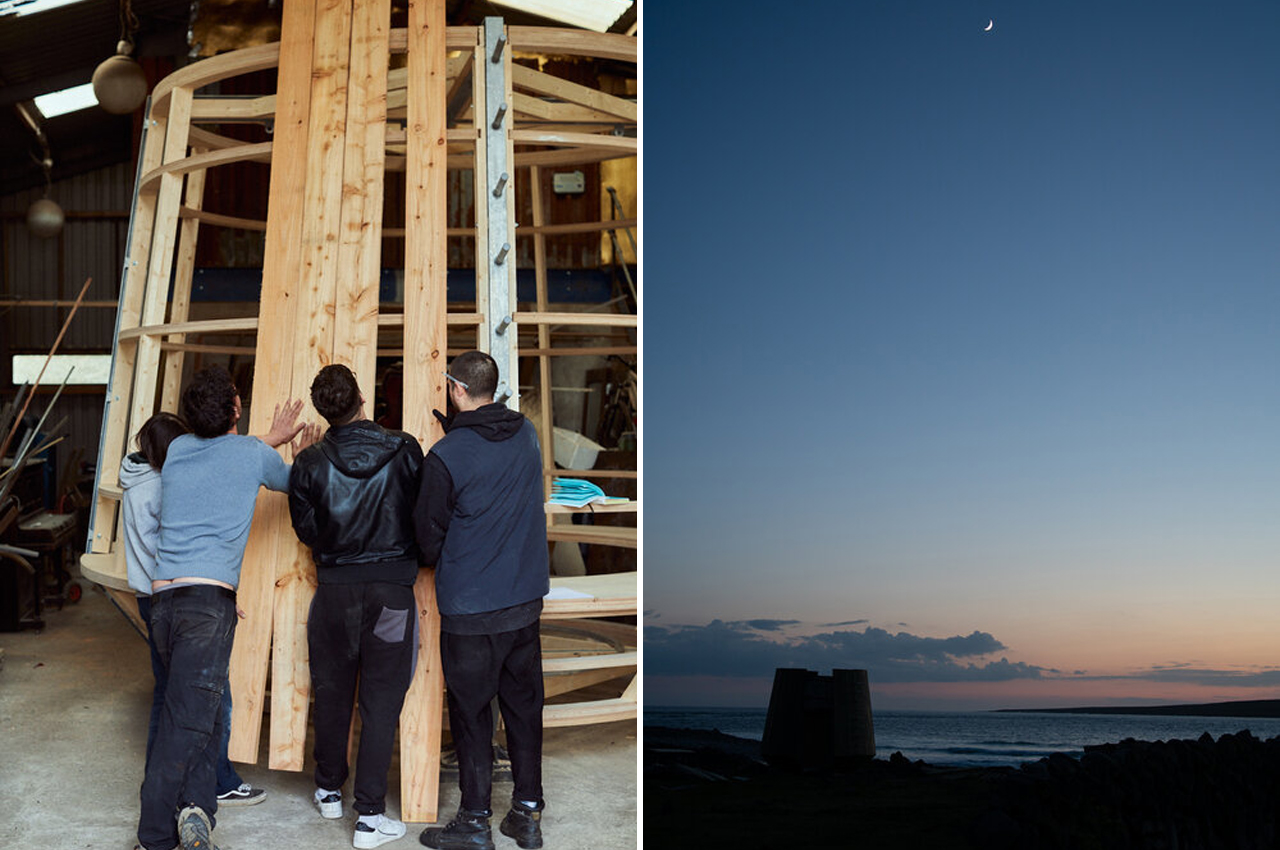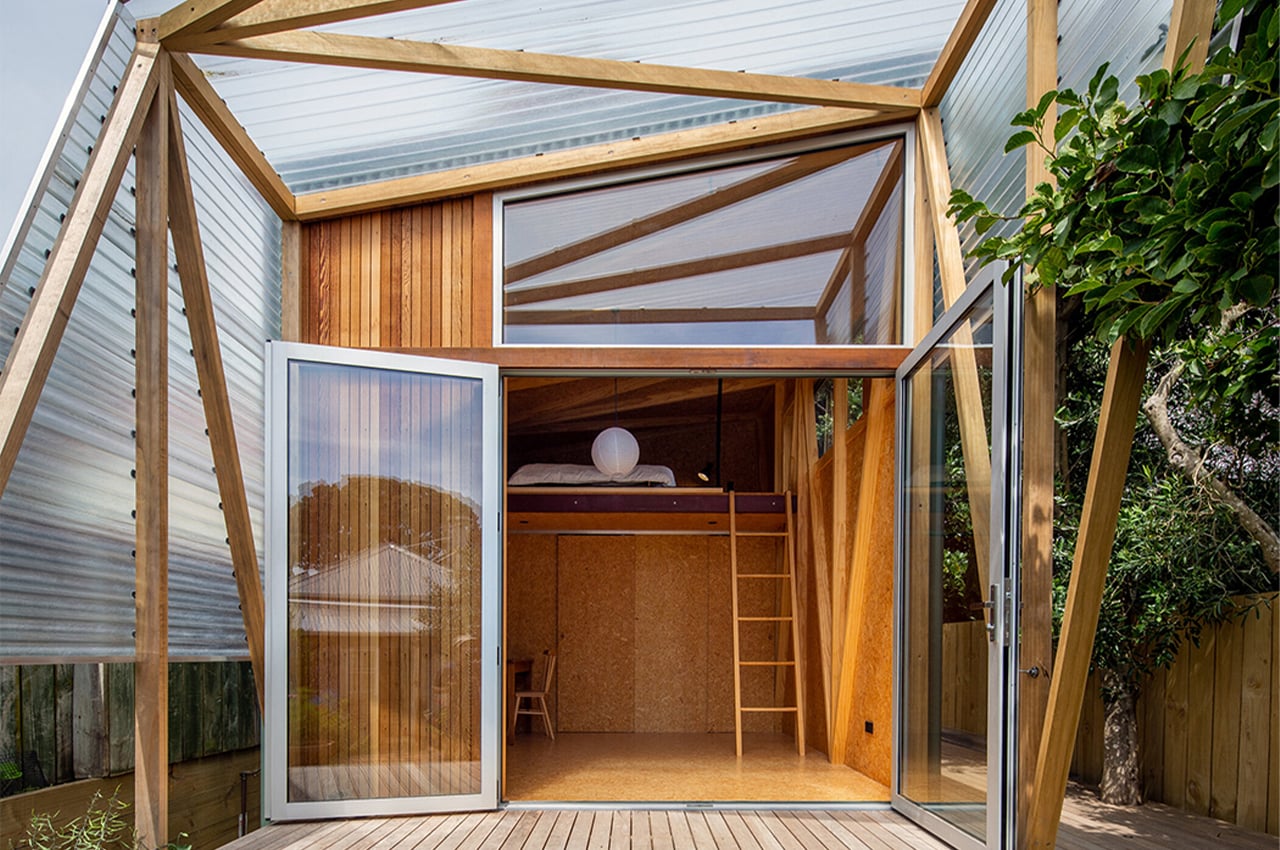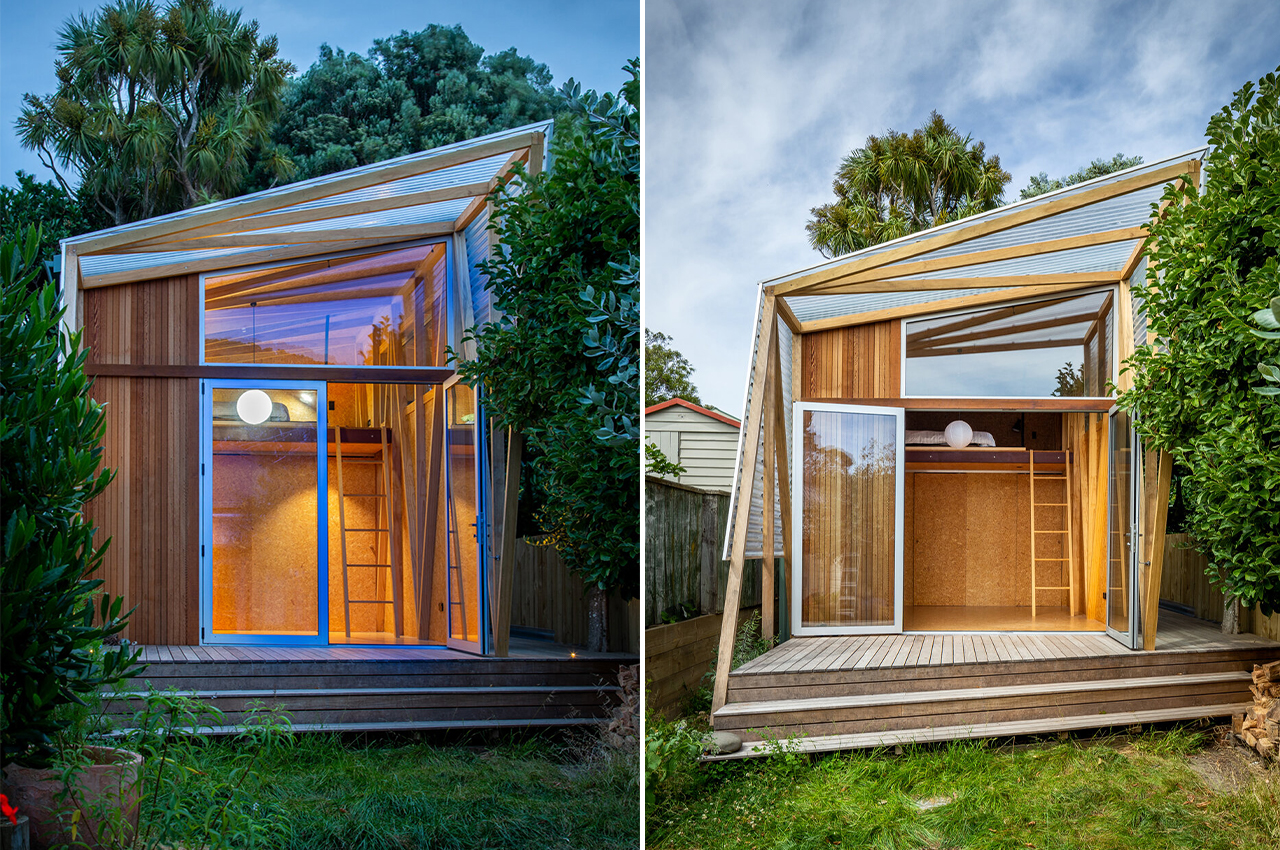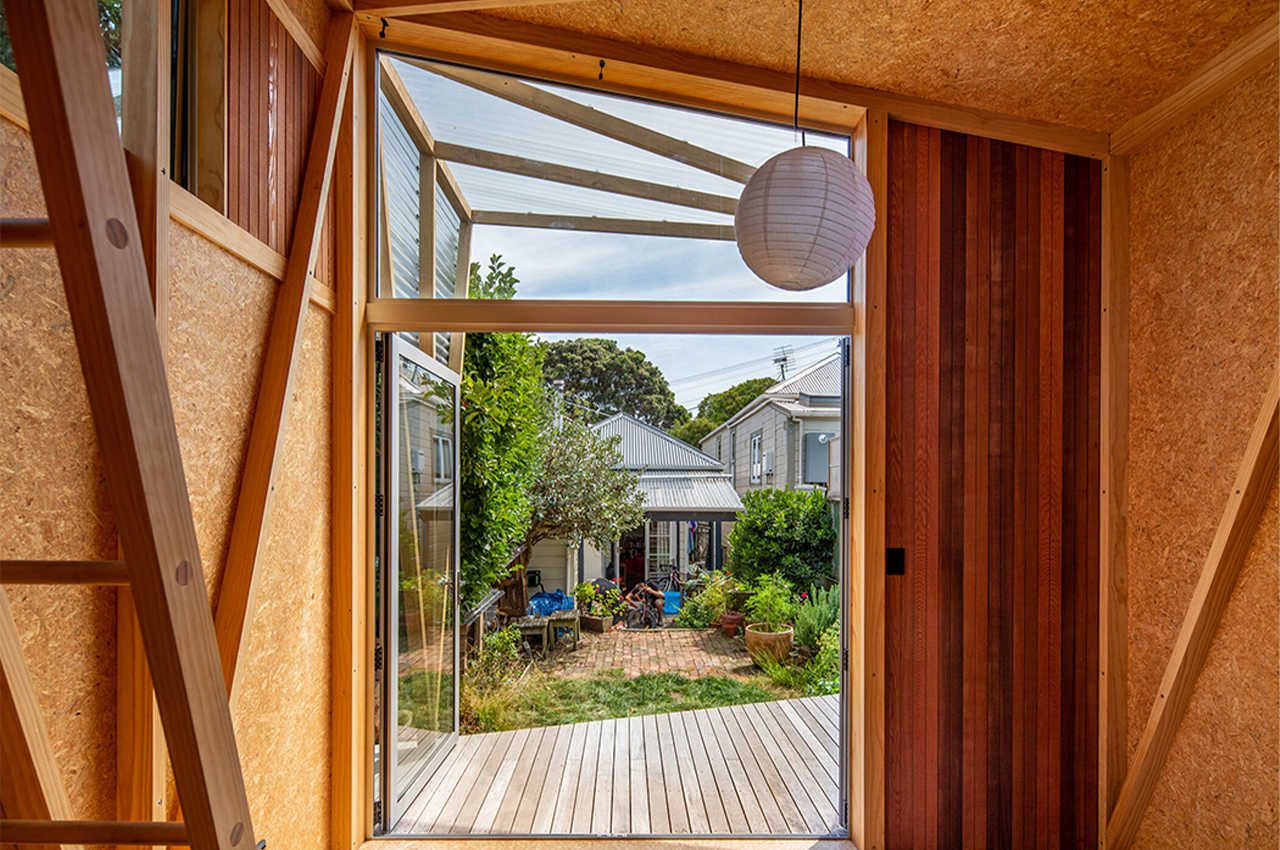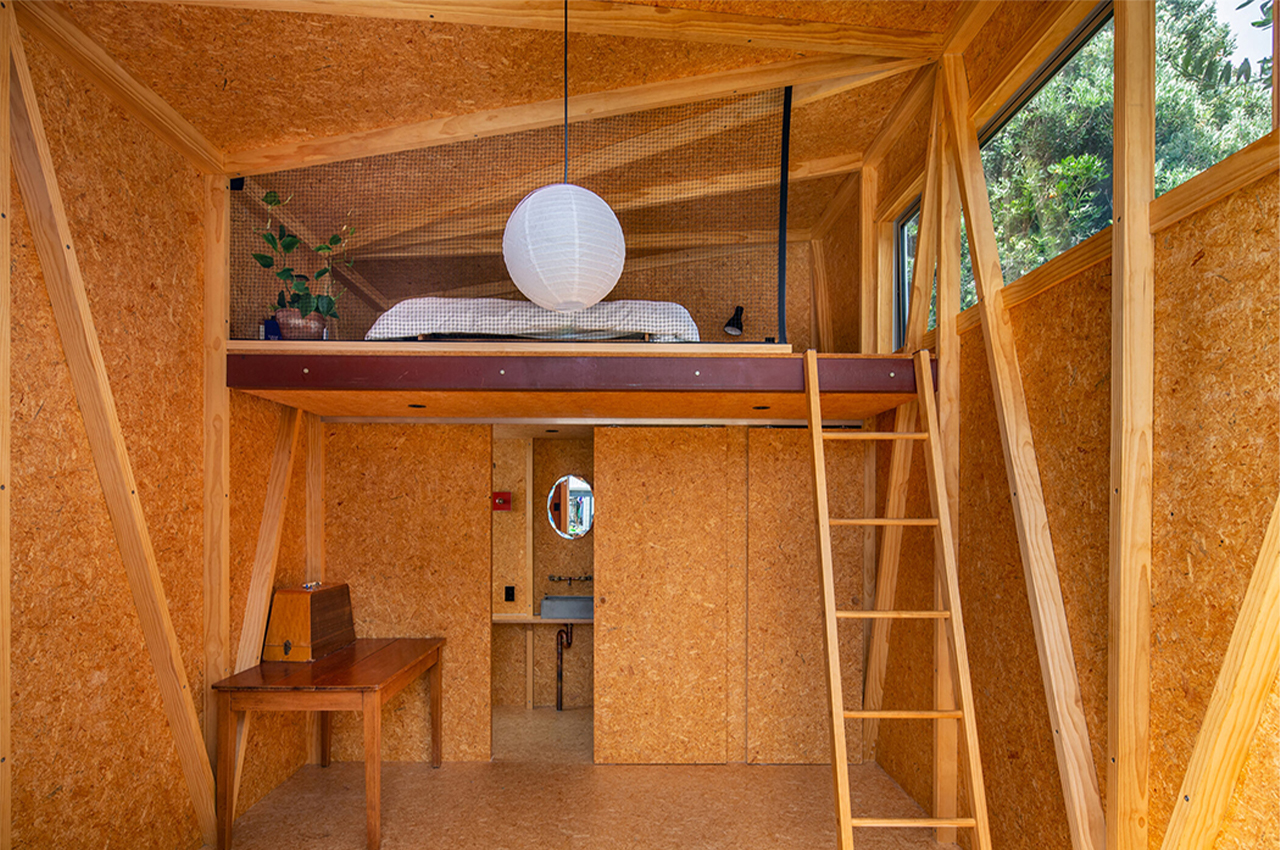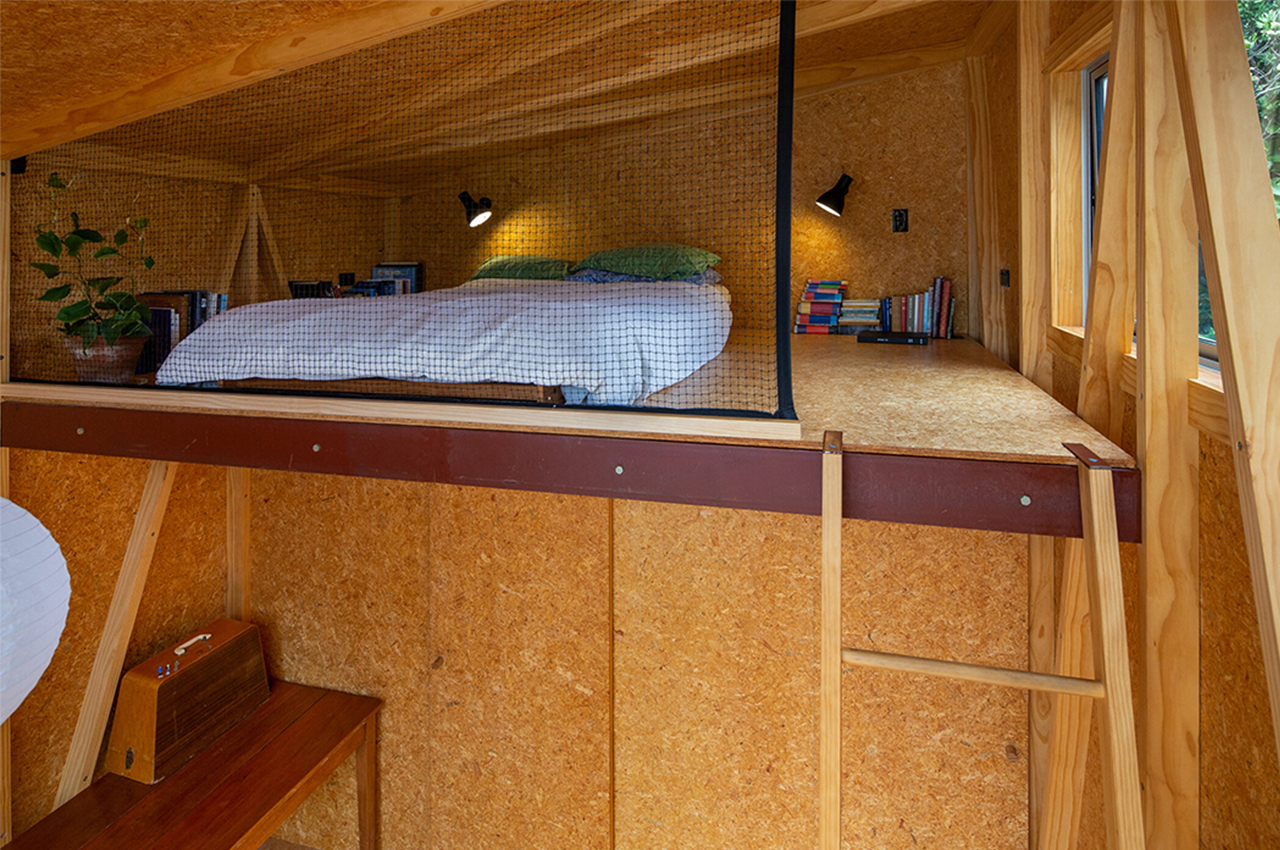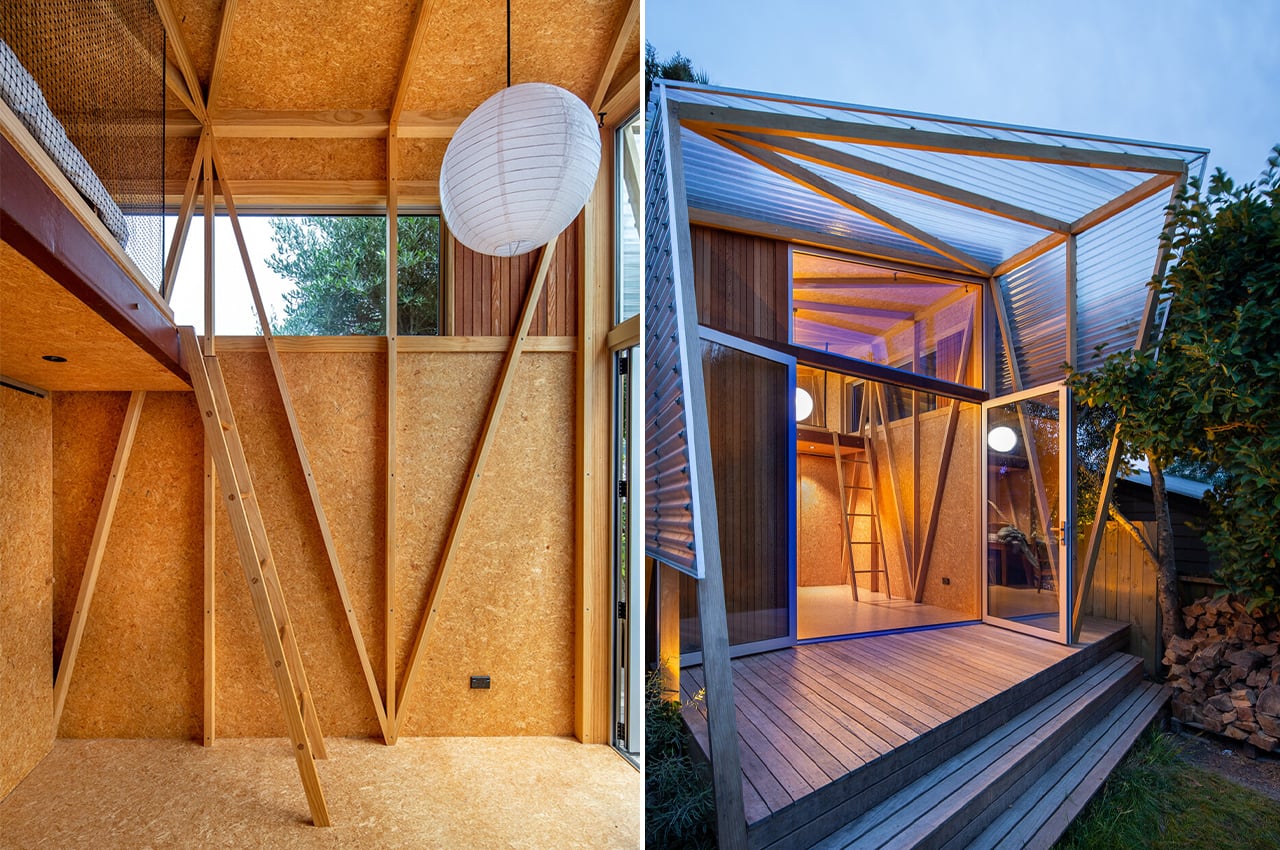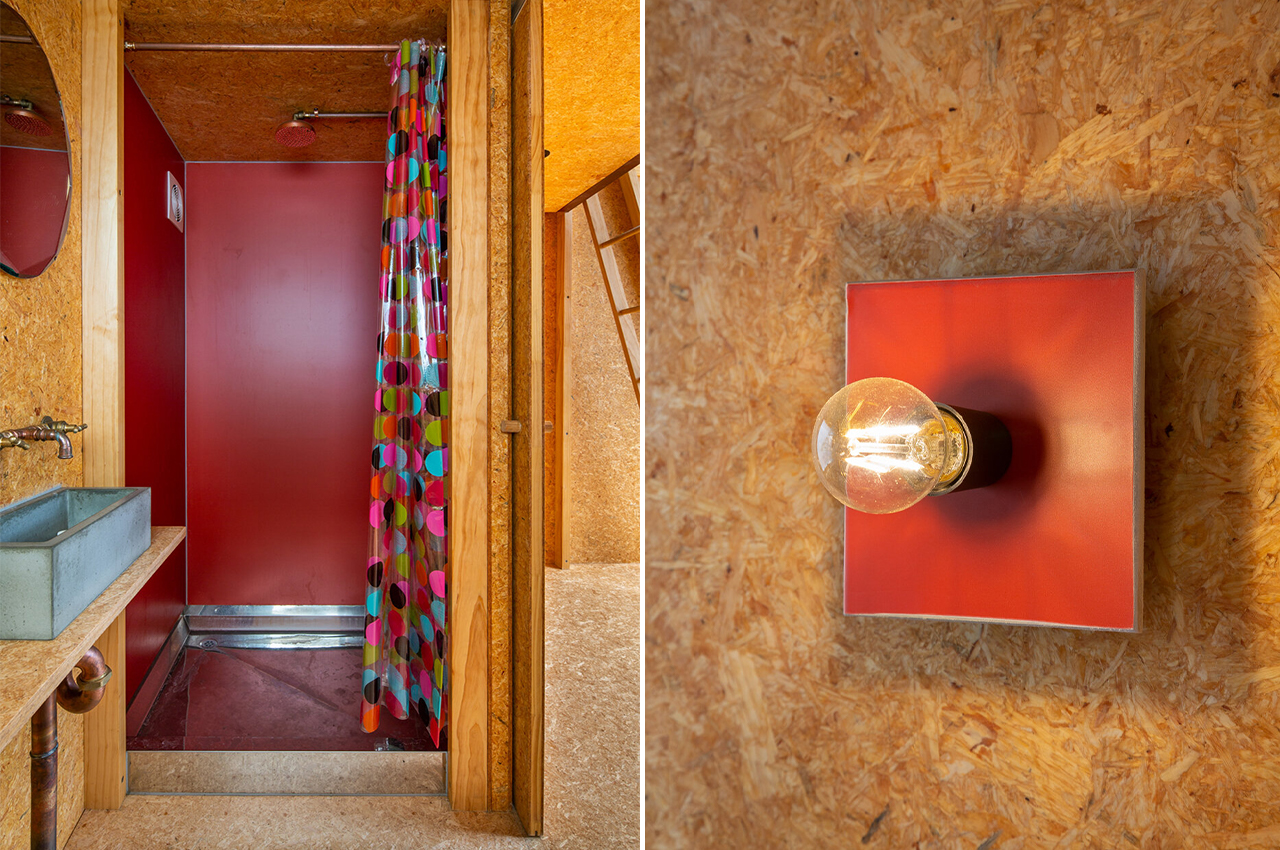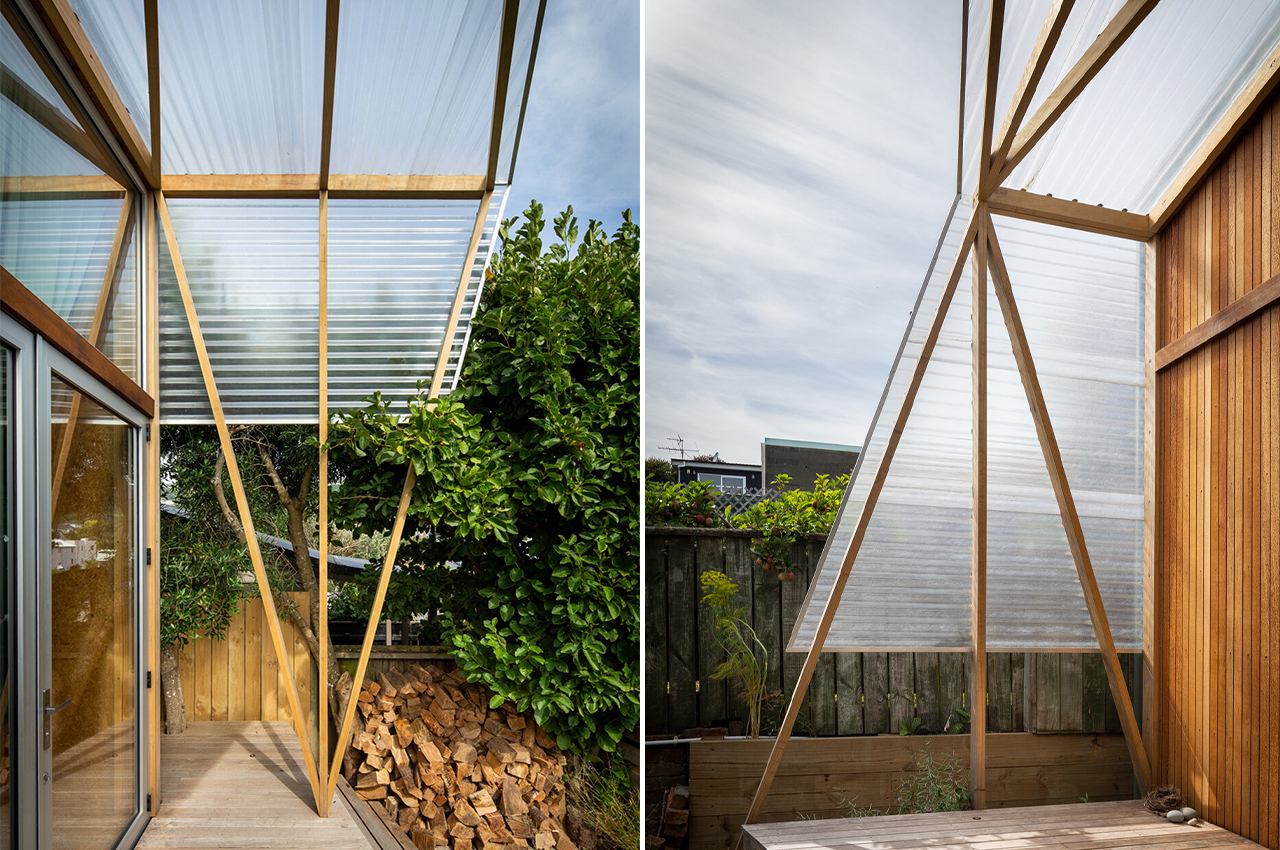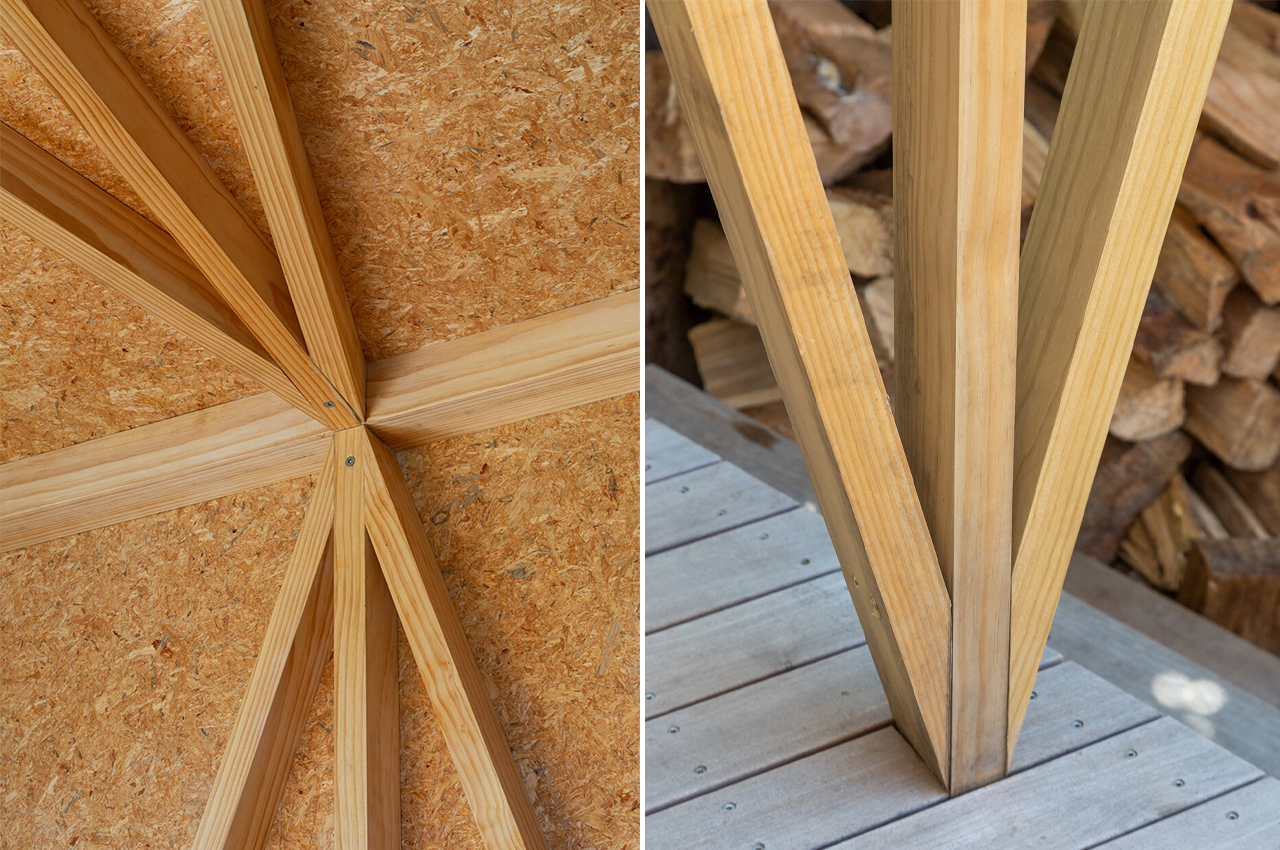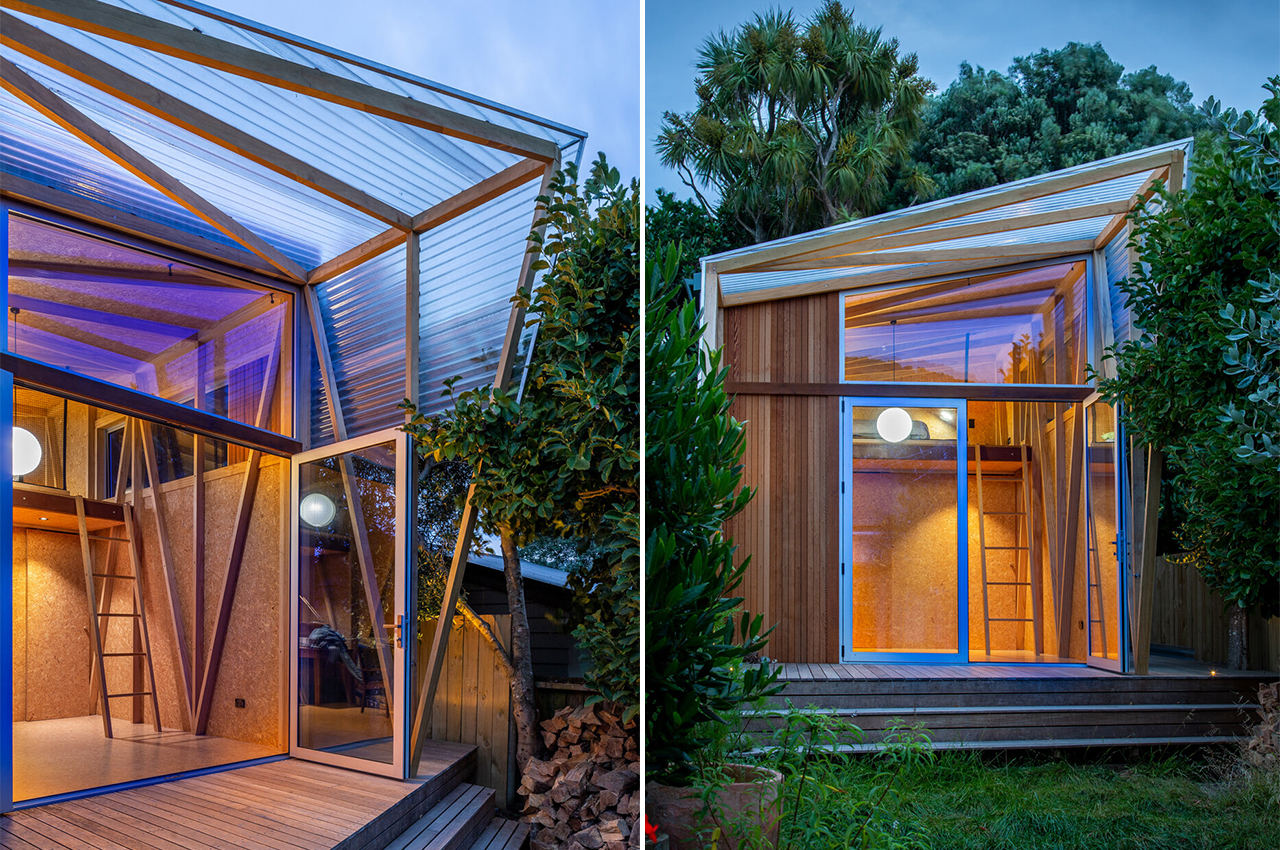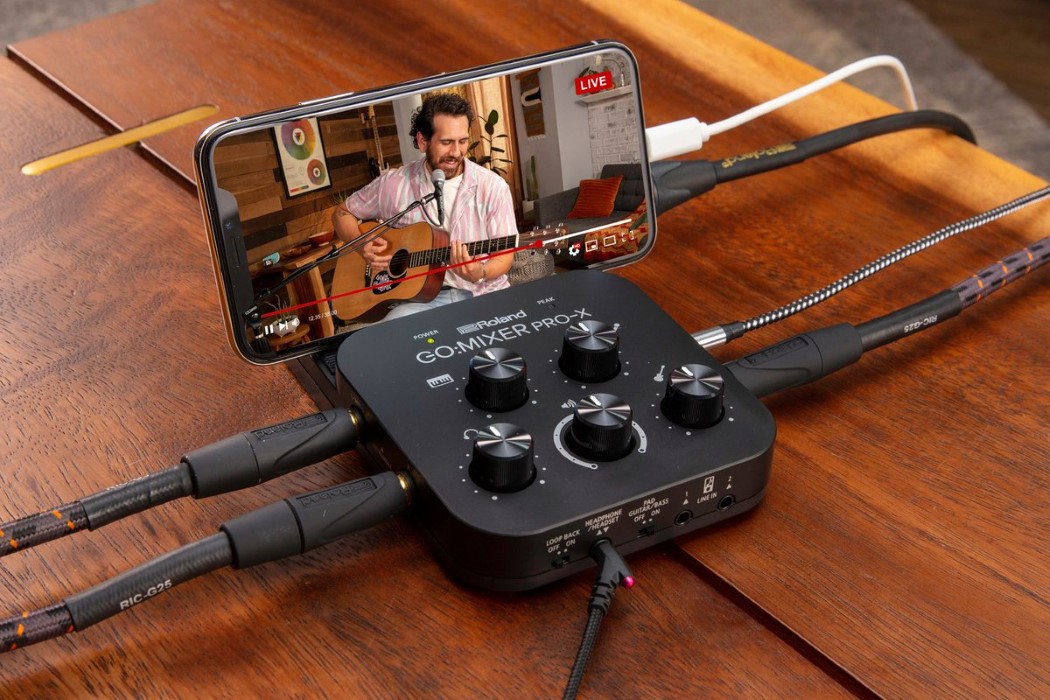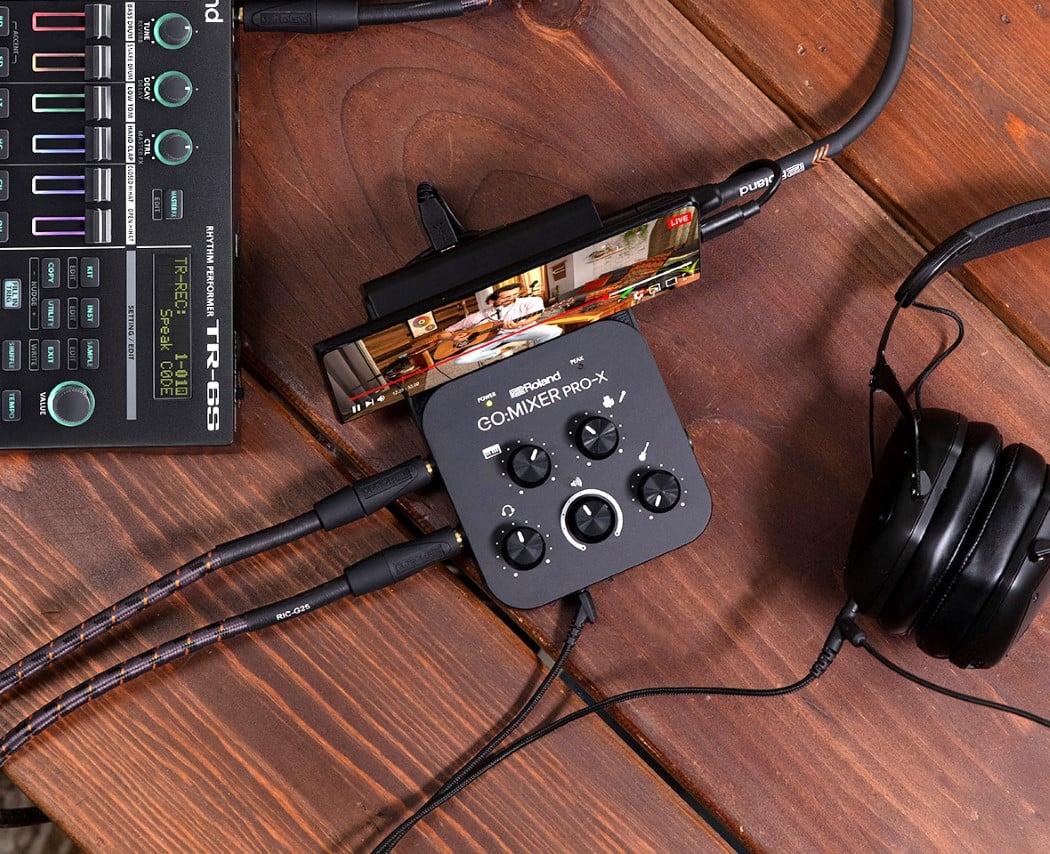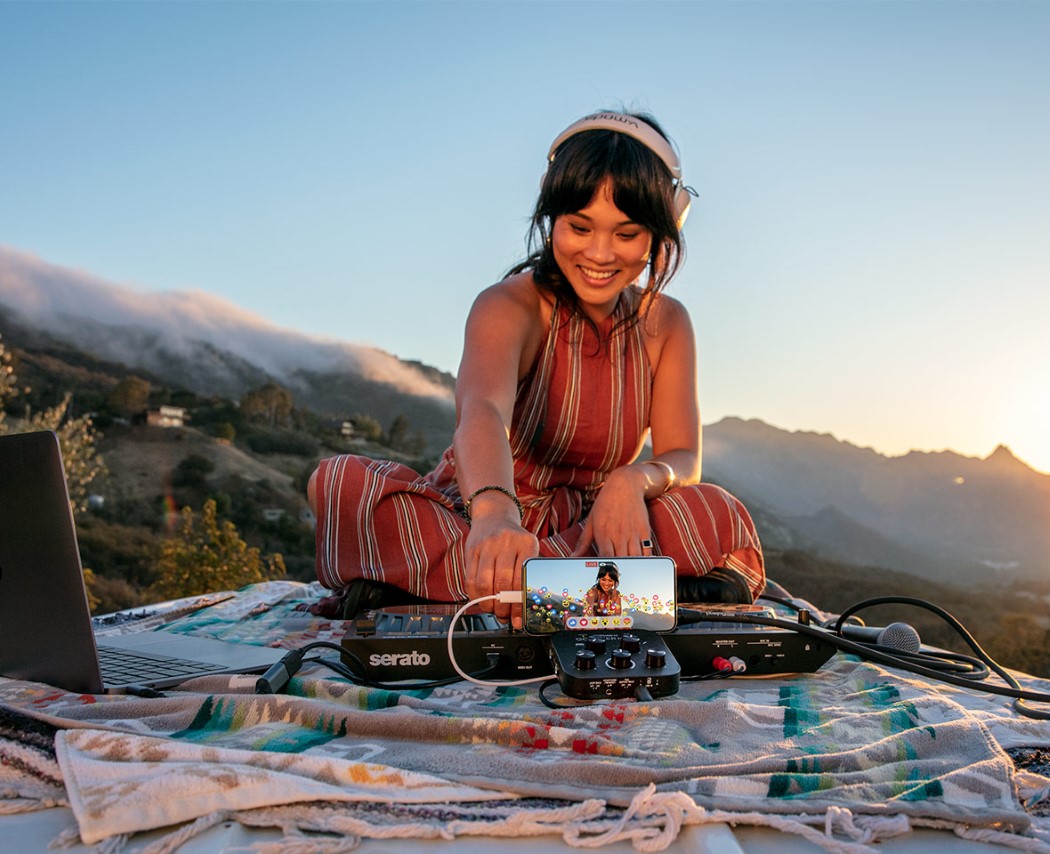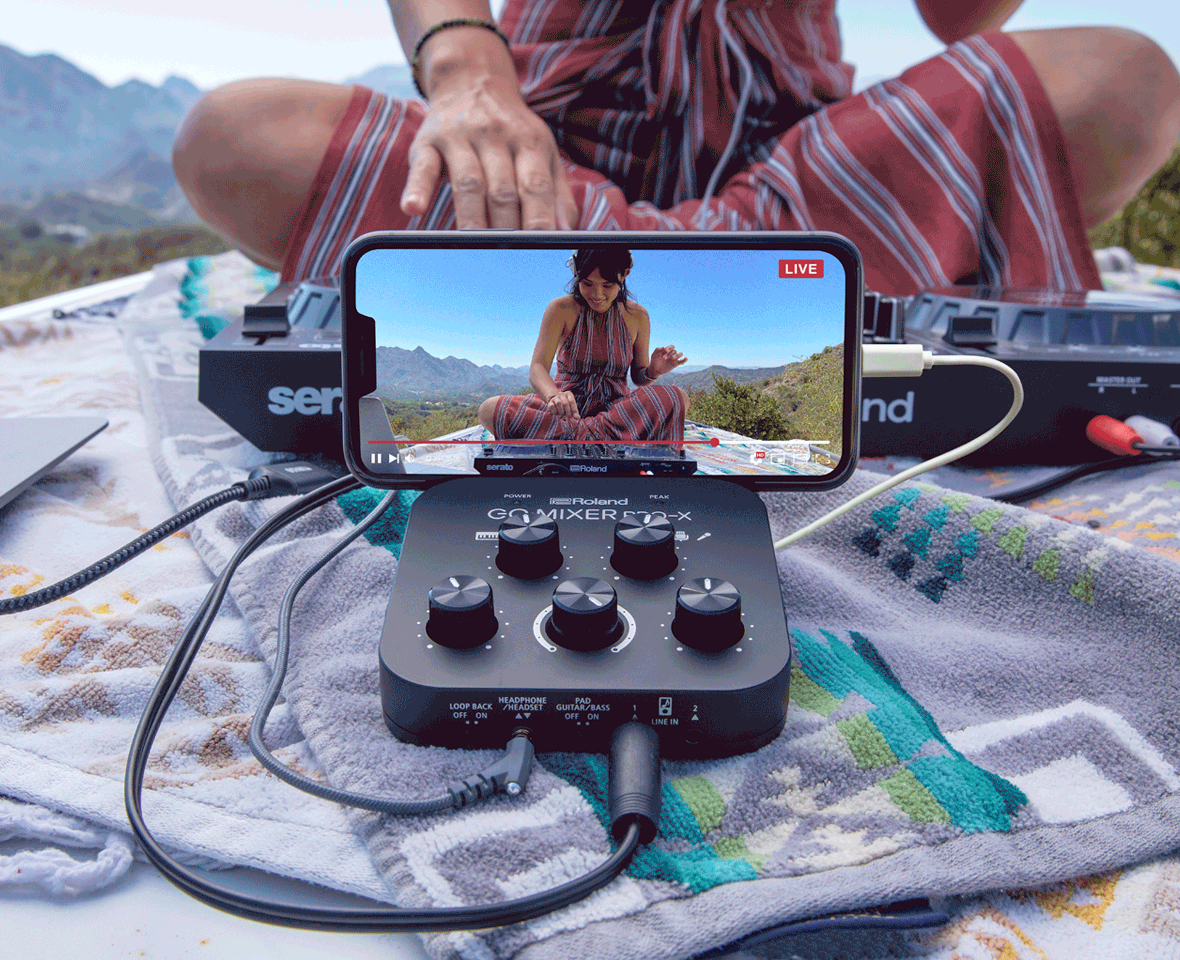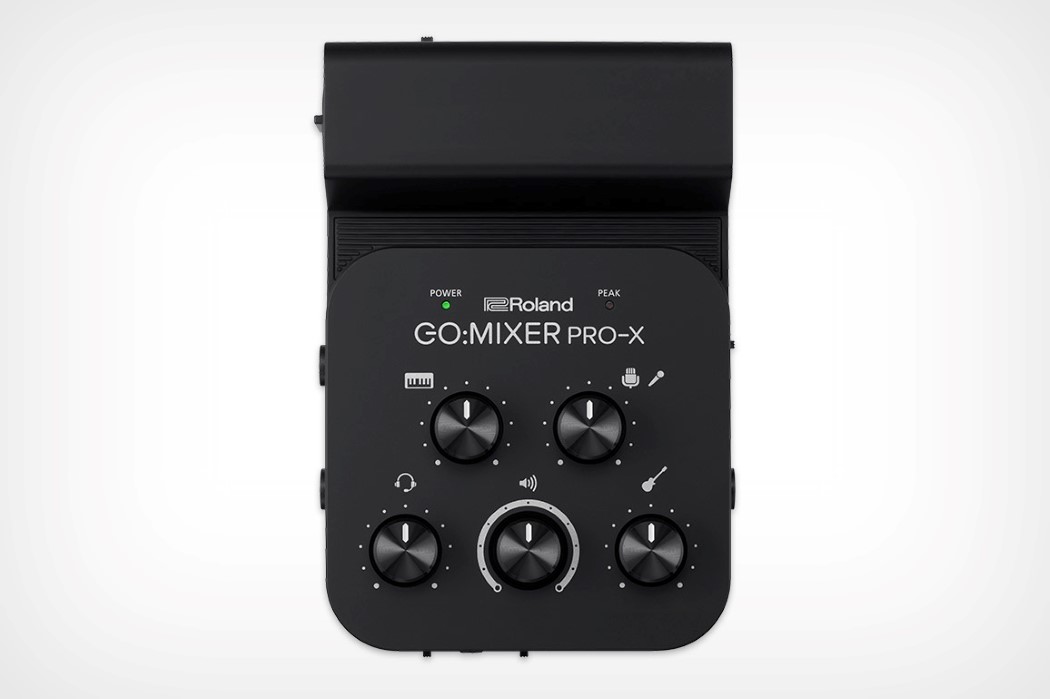The audio tech company’s heavily known for making products that democratize music production by letting you use software and hardware along with readily available devices like iPhones and iPads. The iRig Stream Mic Pro opens yet another avenue for budding podcasters to record crystal-clear audio for everything from podcasts to streams, videos, and even professional music production. The condenser microphone comes with 4 switchable polar patterns for all sorts of recording settings, a hi-pass filter that lets you instantly cut out rumbling sounds and other noises, and an audio interface that supports connecting a host of devices like keyboards, mixers, turntables, soundboards, etc. The microphone can be hooked to anything from a studio setup to a laptop, iPad, or iPhone, giving you the freedom to either scale up or scale down your setup, depending on the need.
Designer: IK Multimedia
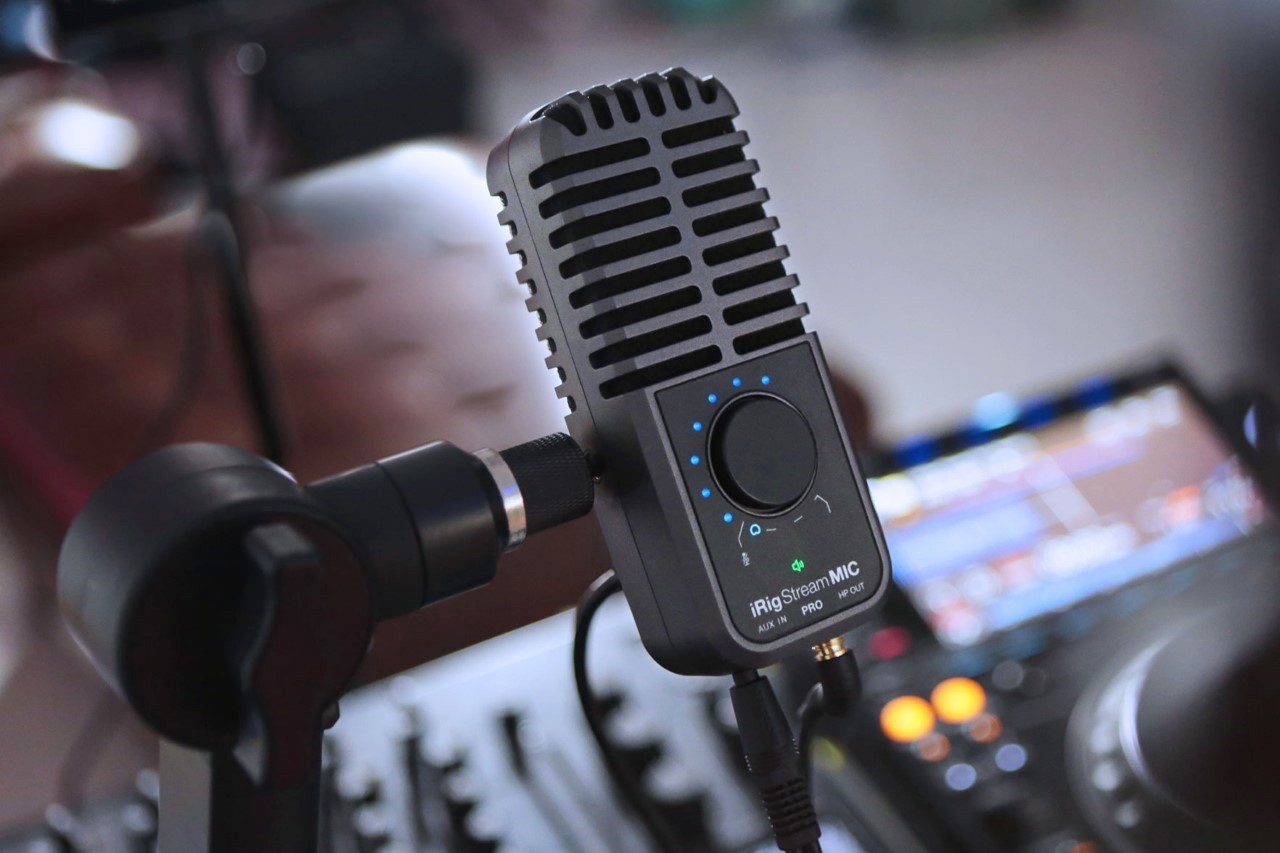
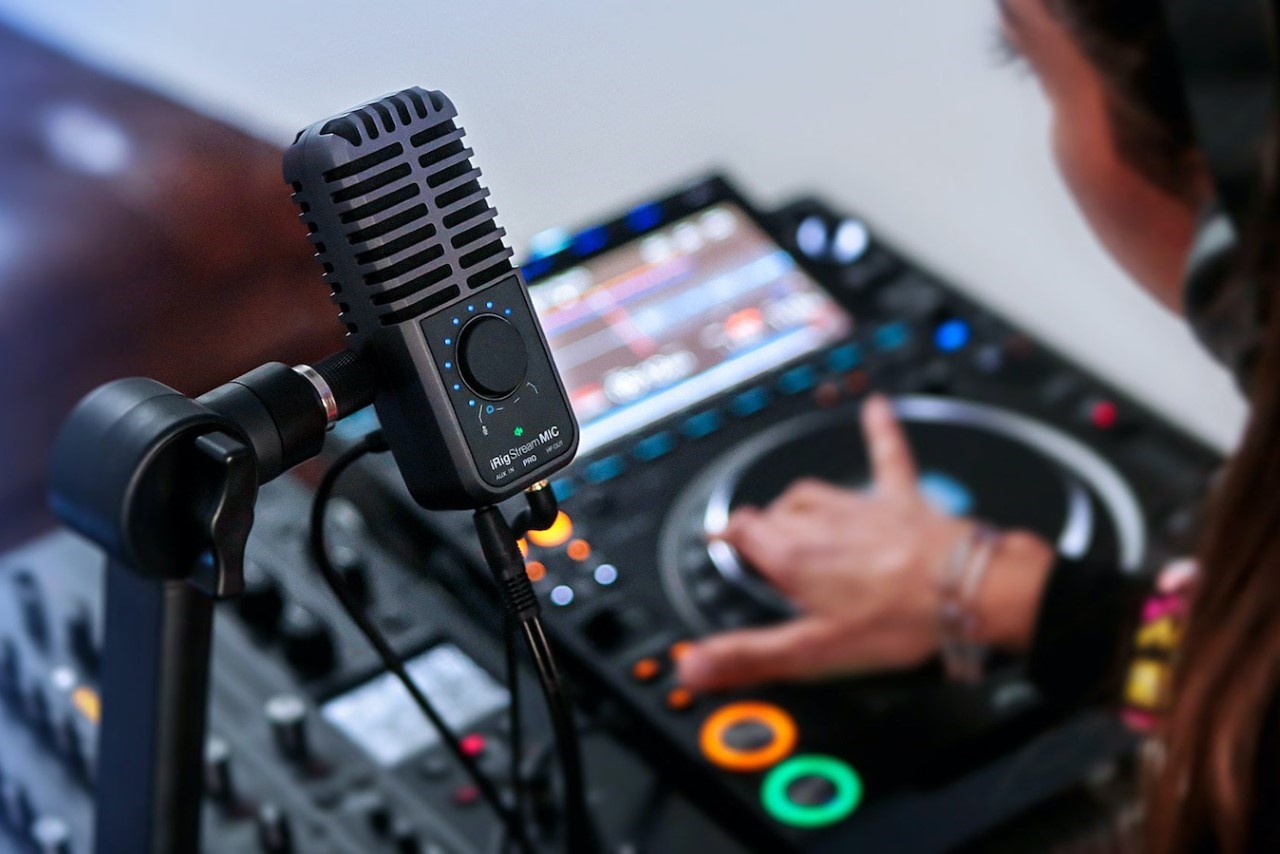
The iRig Stream Mic Pro comes with a gold-sputtered ½” electret condenser diaphragm that allows it to record in pristine quality, but even supports the ability to choose between four polar patterns – cardioid, omnidirectional, figure-eight, and stereo, based on the space you’re recording in and the elements around you. A central knob forms the most noticeable element of the microphone’s design, doing multiple things from letting you cycle between patterns to controlling gain, headphone level, monitor mix, and even the high pass filter.
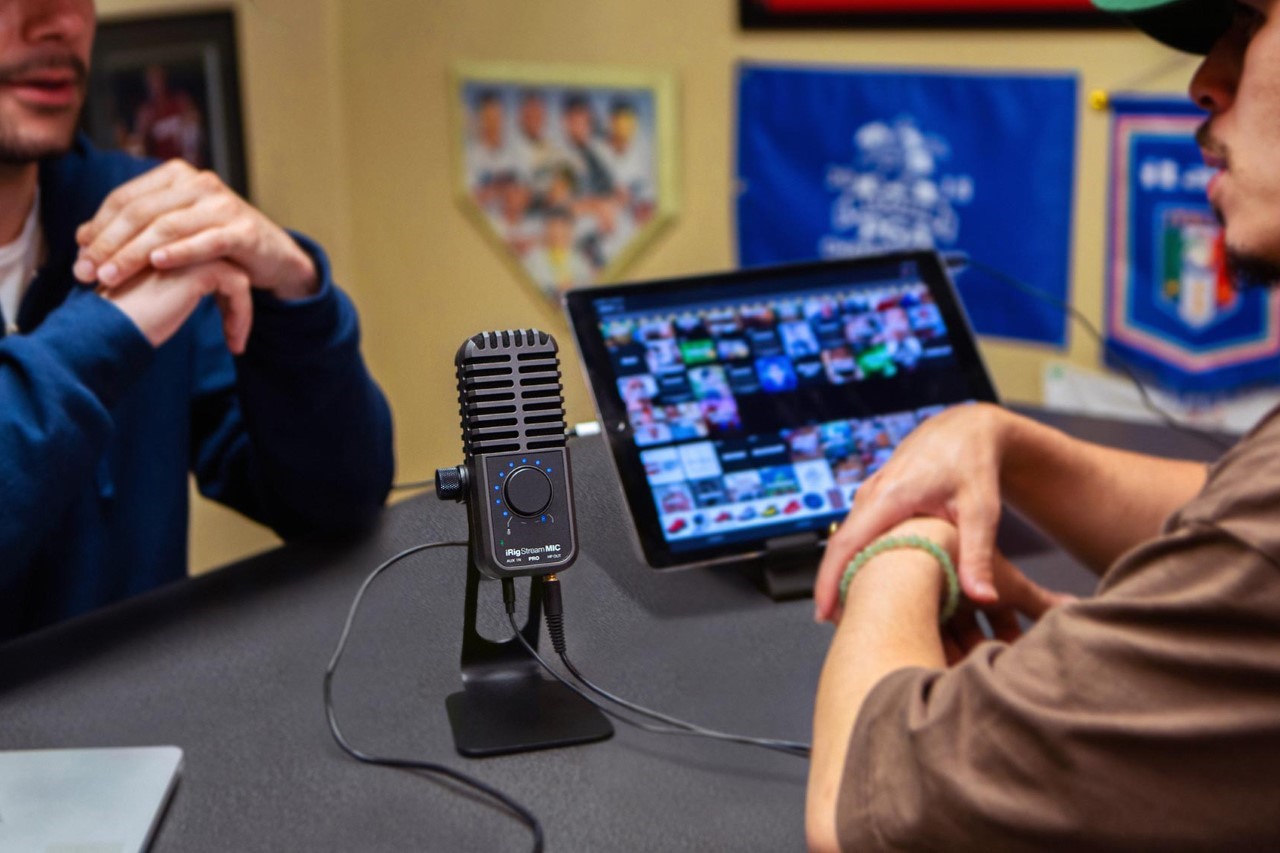
The iRig Stream Mic Pro is a little more than your average microphone. Sure, it matches up to some high-grade condenser mics in its capabilities, but what really sets it apart is the fact that it’s practically an entire studio inside a microphone. You can connect it right to your smartphone and begin recording, but if you’ve got more on your mind, the Stream Mic Pro lets you push boundaries. An aux input lets you hook your mic up to audio input devices like a keyboard, turntable, soundboard, or smartphone, and have the audio mix right into your recording. A headphone out lets you play with the levels too, allowing you to tune up your vocals or the audio playing from the input device. The Stream Mic Pro’s built-in audio interface gives it the ability to connect various devices to the mic without requiring any additional gear. The final recording then can be sent to your DAW on your phone, tablet, or laptop, saving you the trouble of requiring expensive gear and a technician.
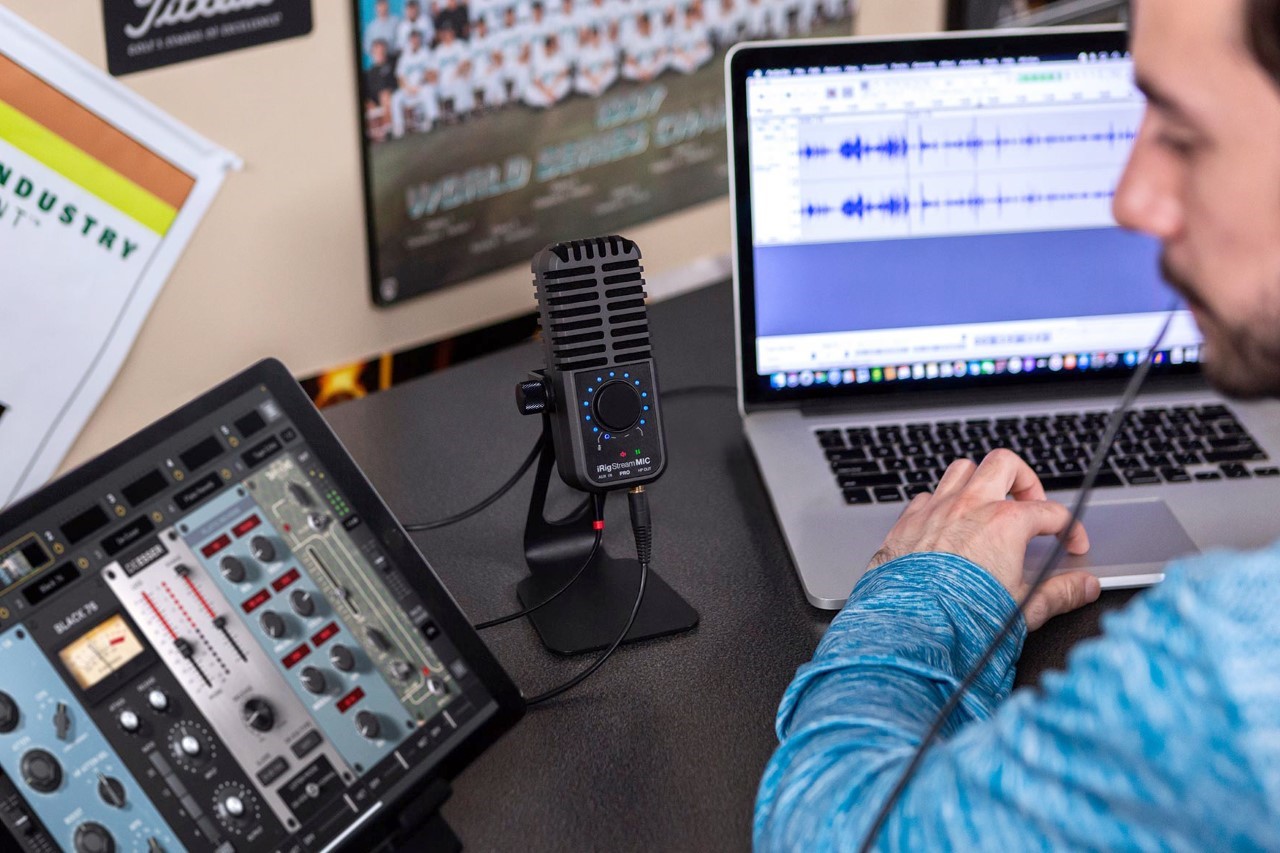
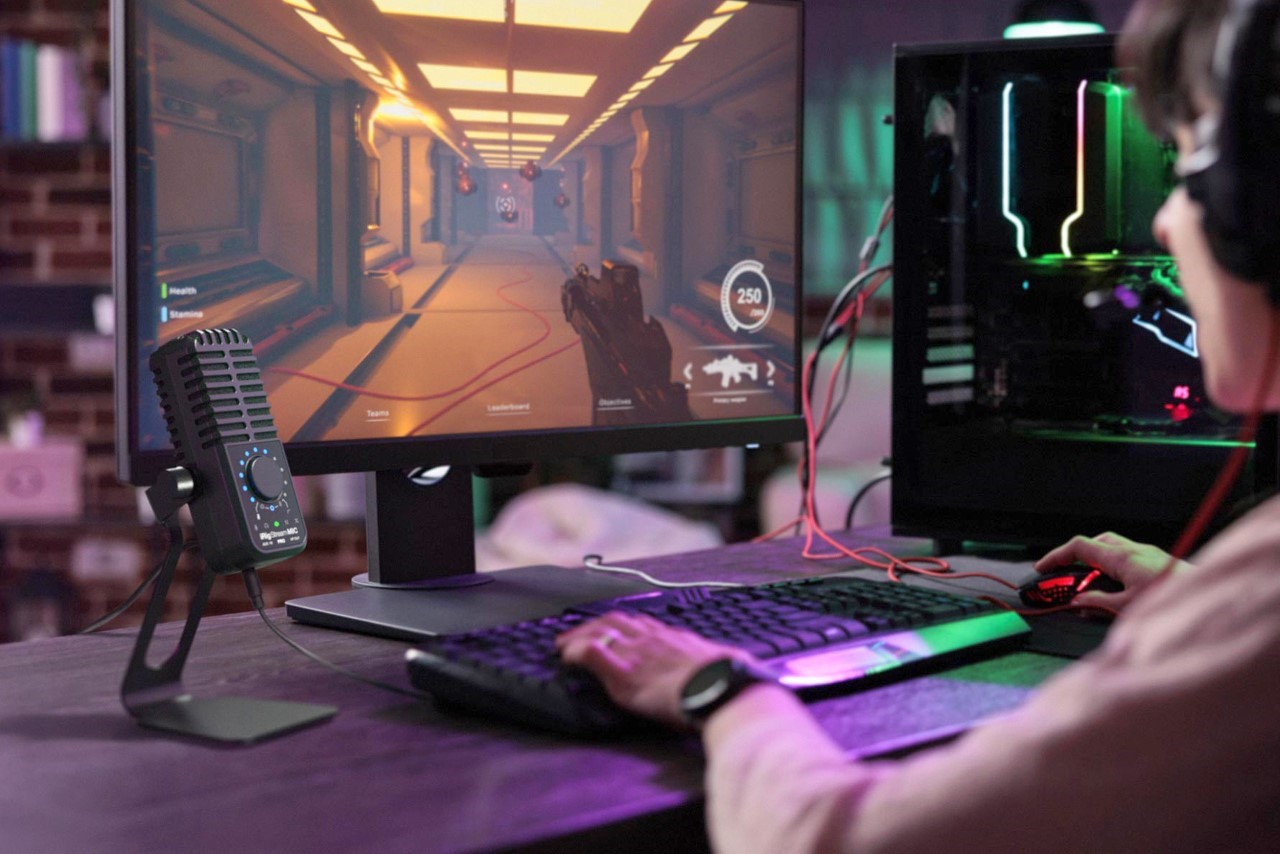
Want to have better control over your master recording? The iRig Stream Mic Pro offers IK Multimedia’s groundbreaking Loopback+, letting you not only add music from your phone or tablet to your recording or stream but even route the mic signal into a separate app to add reverb, EQ, or noise-reduction before sending it to apps like TikTok or Instagram, which don’t normally let you process audio or add background music. This effectively gives you studio-level control in your social media apps, setting your content miles apart.
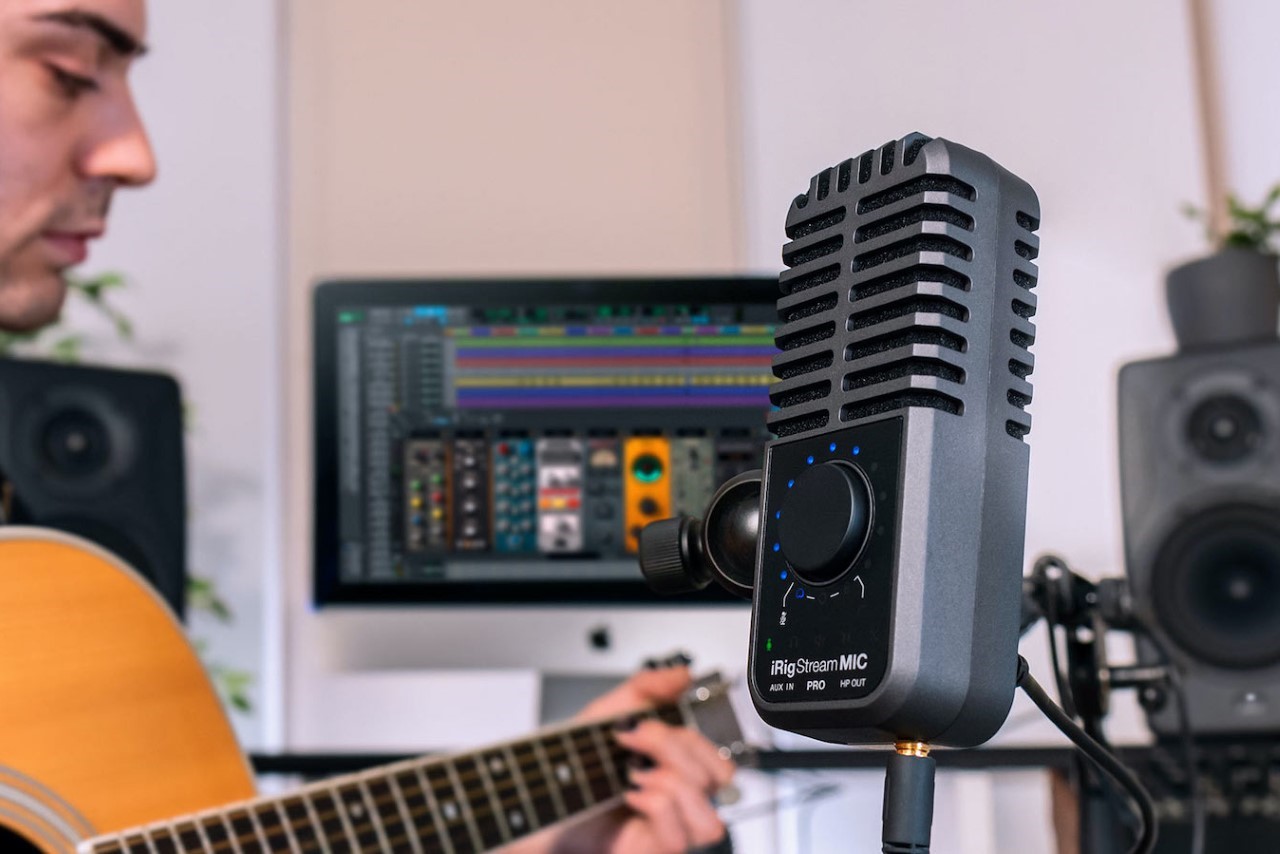
The mic comes with an ultra-portable design that cuts your need for additional gear in half. It connects to tripods or mic stands using a threaded mounting system at the back, and hooks to your smartphone, tablet, or laptop via USB-C (or lightning for your iPhone). The mic records in 24-bit at 96kHz, and offers a choice of stereo or multi-channel mode. The microphone connects to your device, working right out of the box without any extra software, and an MFi certification means you can even charge your iPhone while using iRig Stream Mic Pro to record with the (optional) DC power supply. The iRig Stream Mic Pro starts at €169.99 ($185.4 USD) and ships with a 2-year warranty.
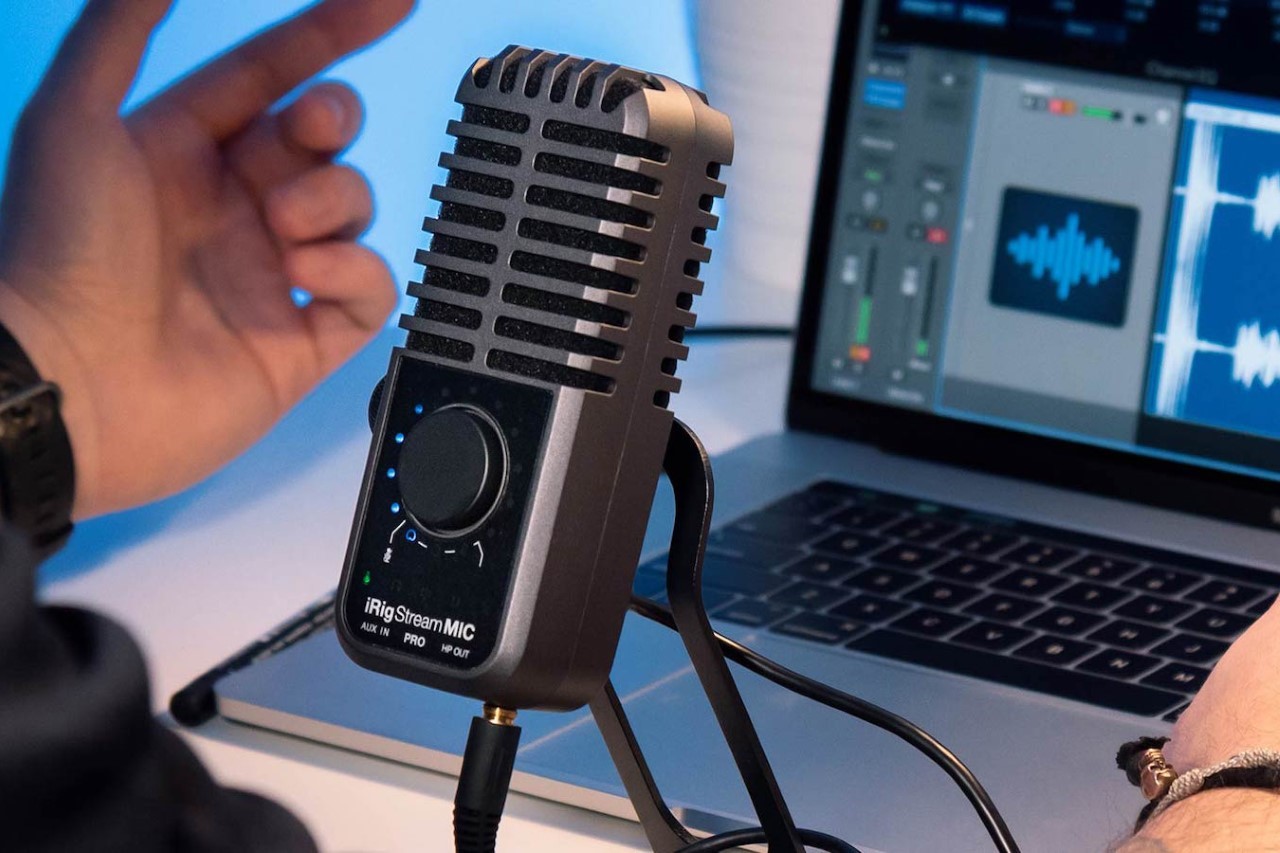
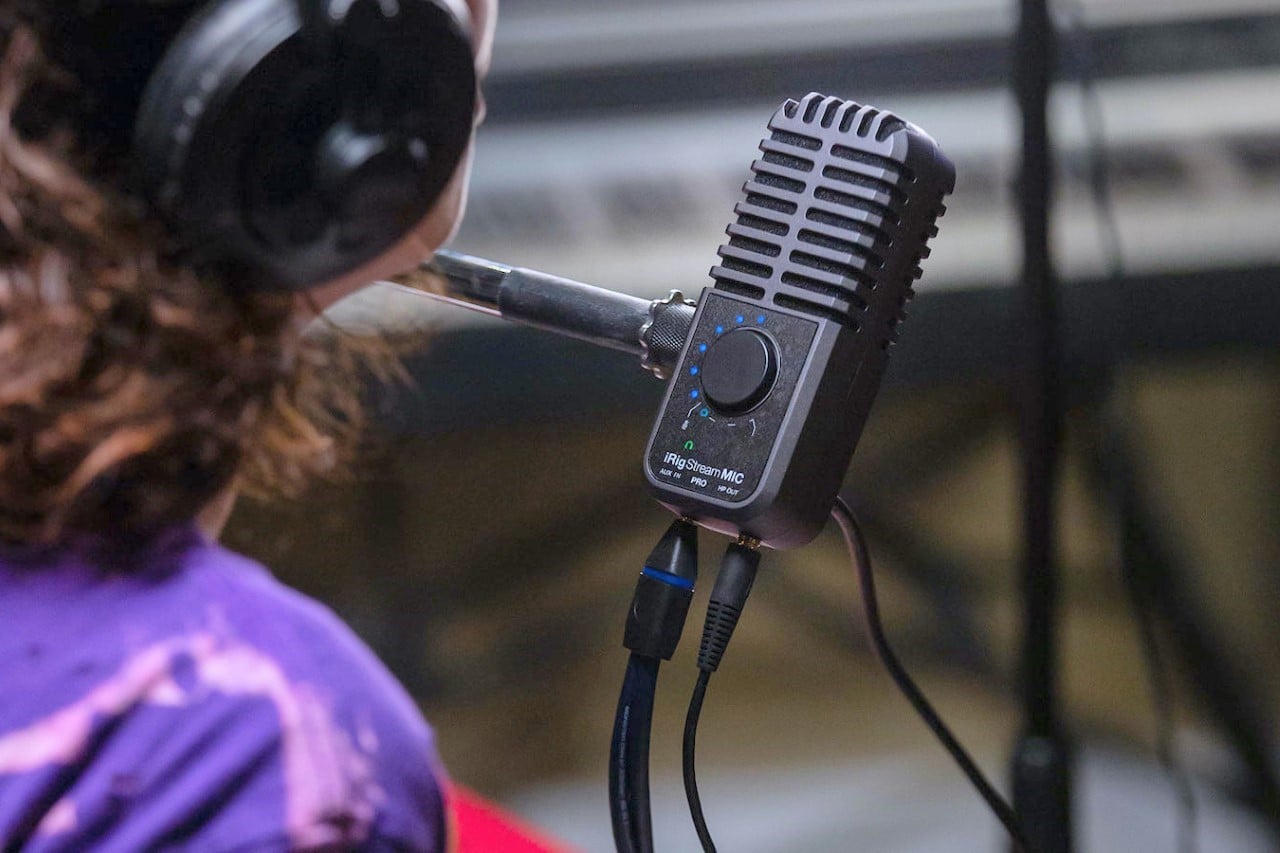
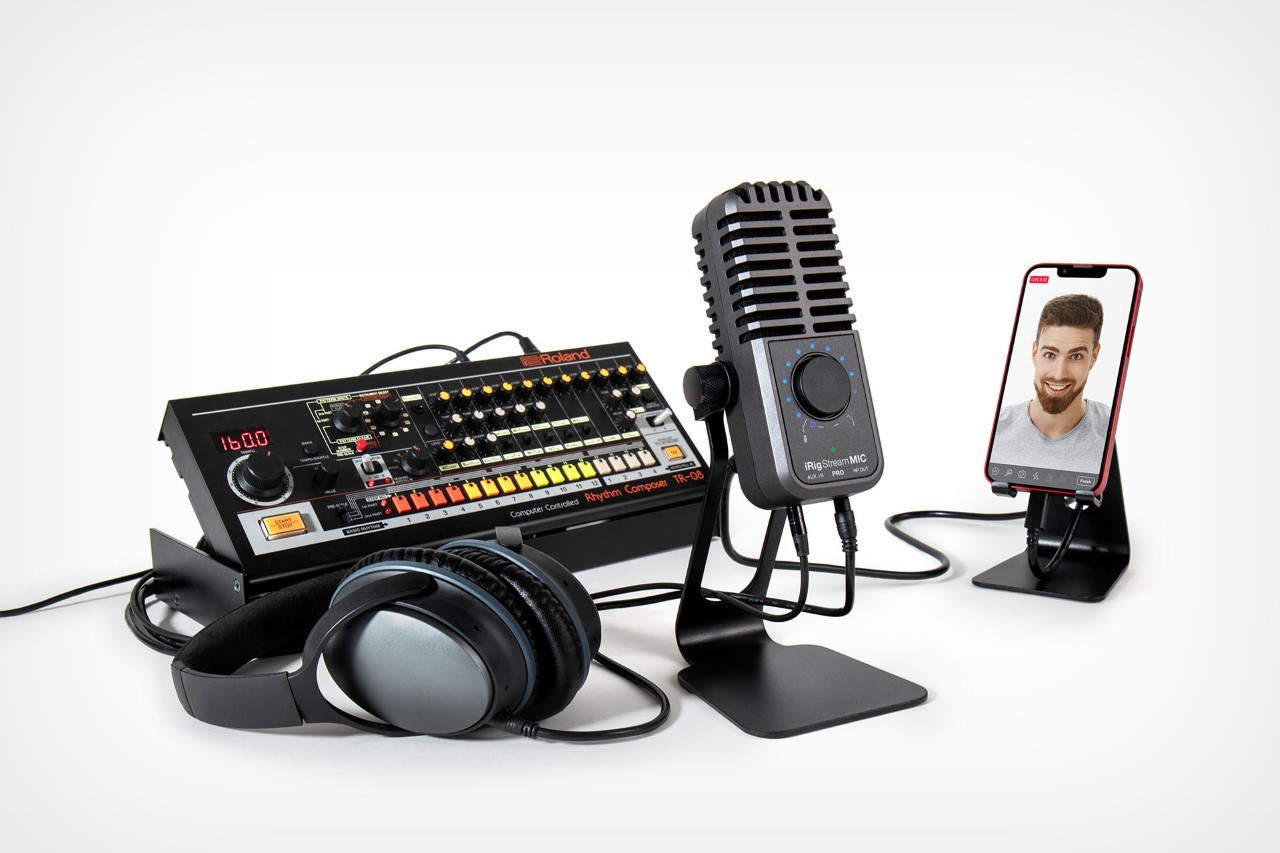
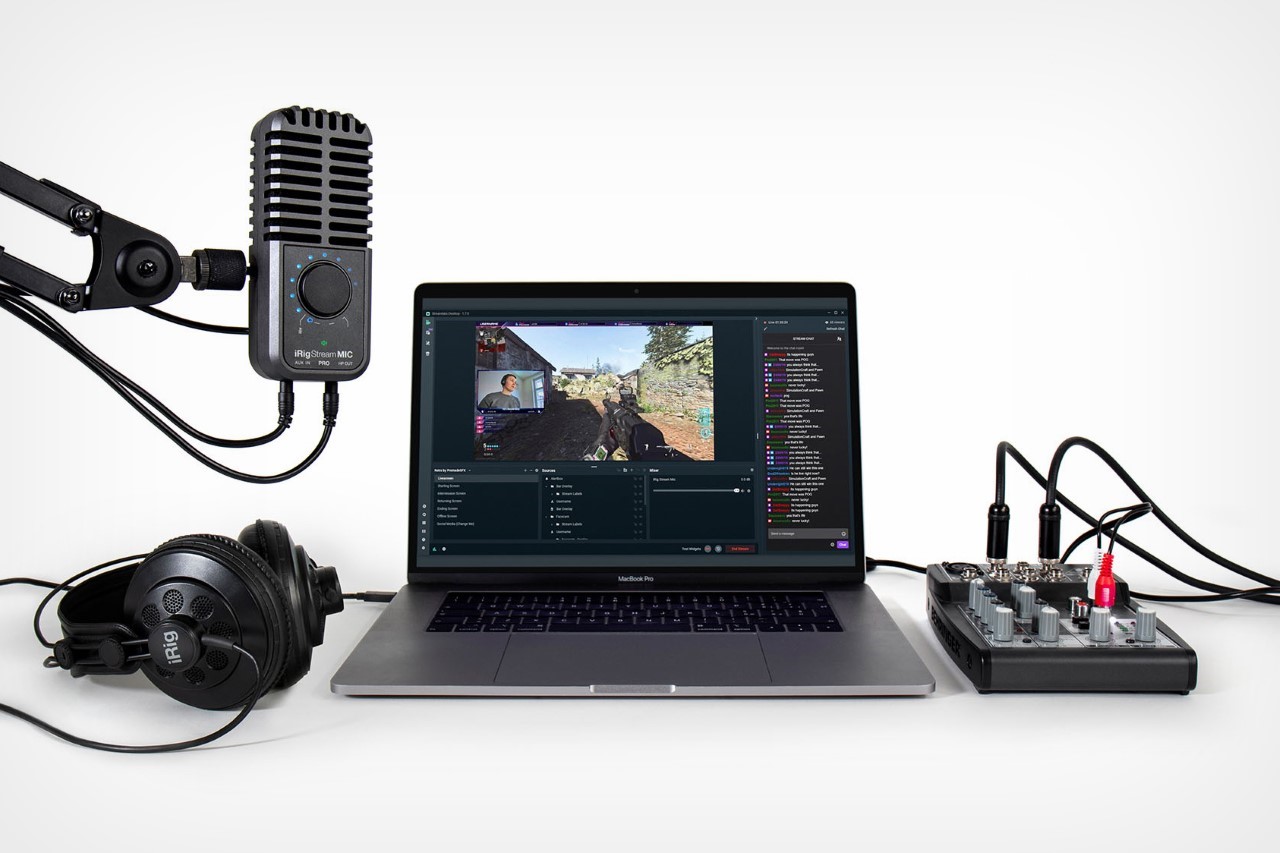
The post The iRig Stream Mic Pro lets you professionally record your own podcast with just an iPhone first appeared on Yanko Design.
